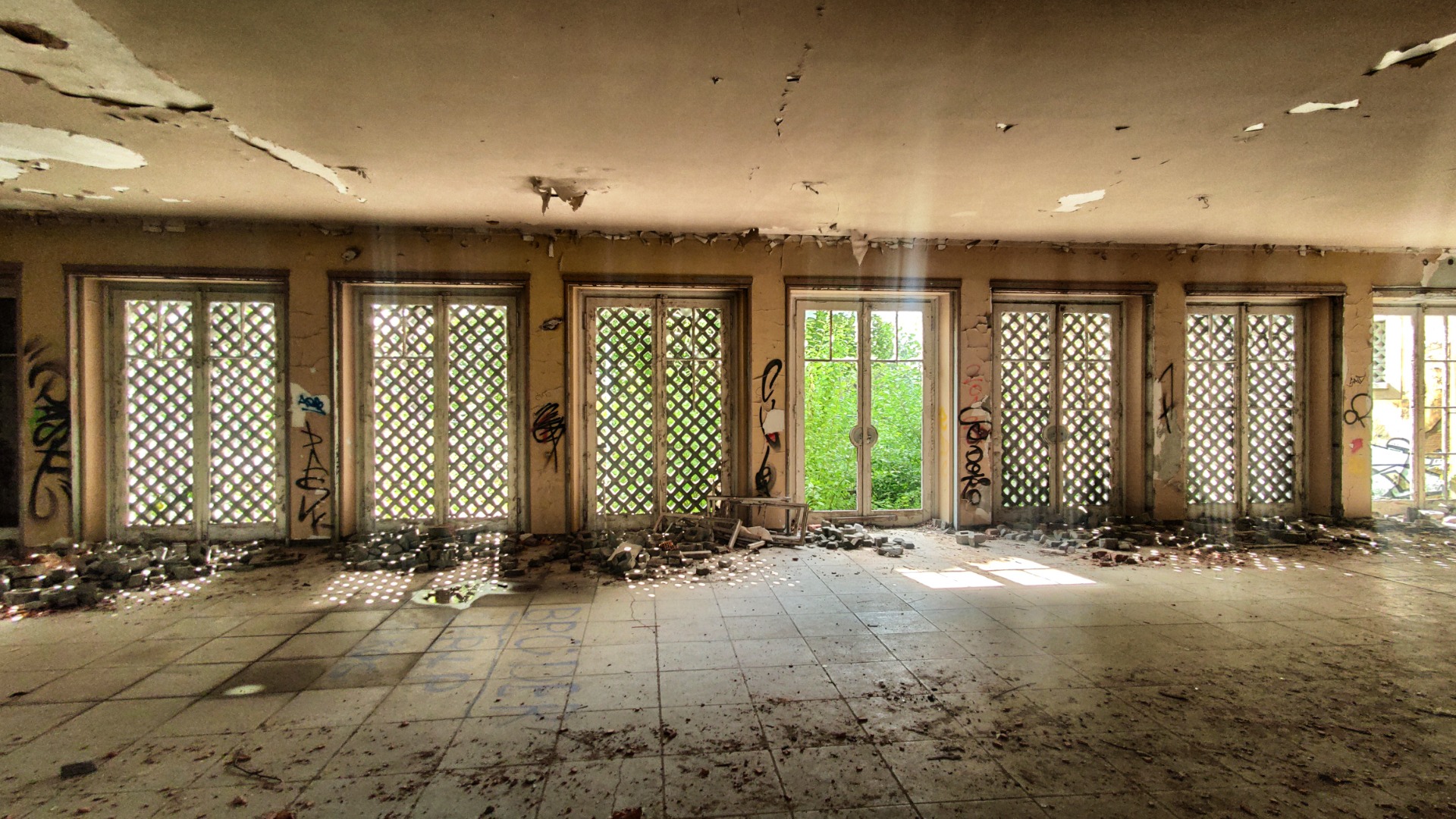Germany - once the proud nation of high-tech industry and global-exporting factories - now finds itself fringed by tales of what might have been: abandoned innovation parks, ruined industrial halls, and ambitious visions lost to decay.

This was meant to be his home – the new human being who lived by work and culture. Shortly before the 70th anniversary of its foundation, the former Buna Clubhouse X50 is nothing more than a ruin, where empty halls testify to a great past and failed future dreams.
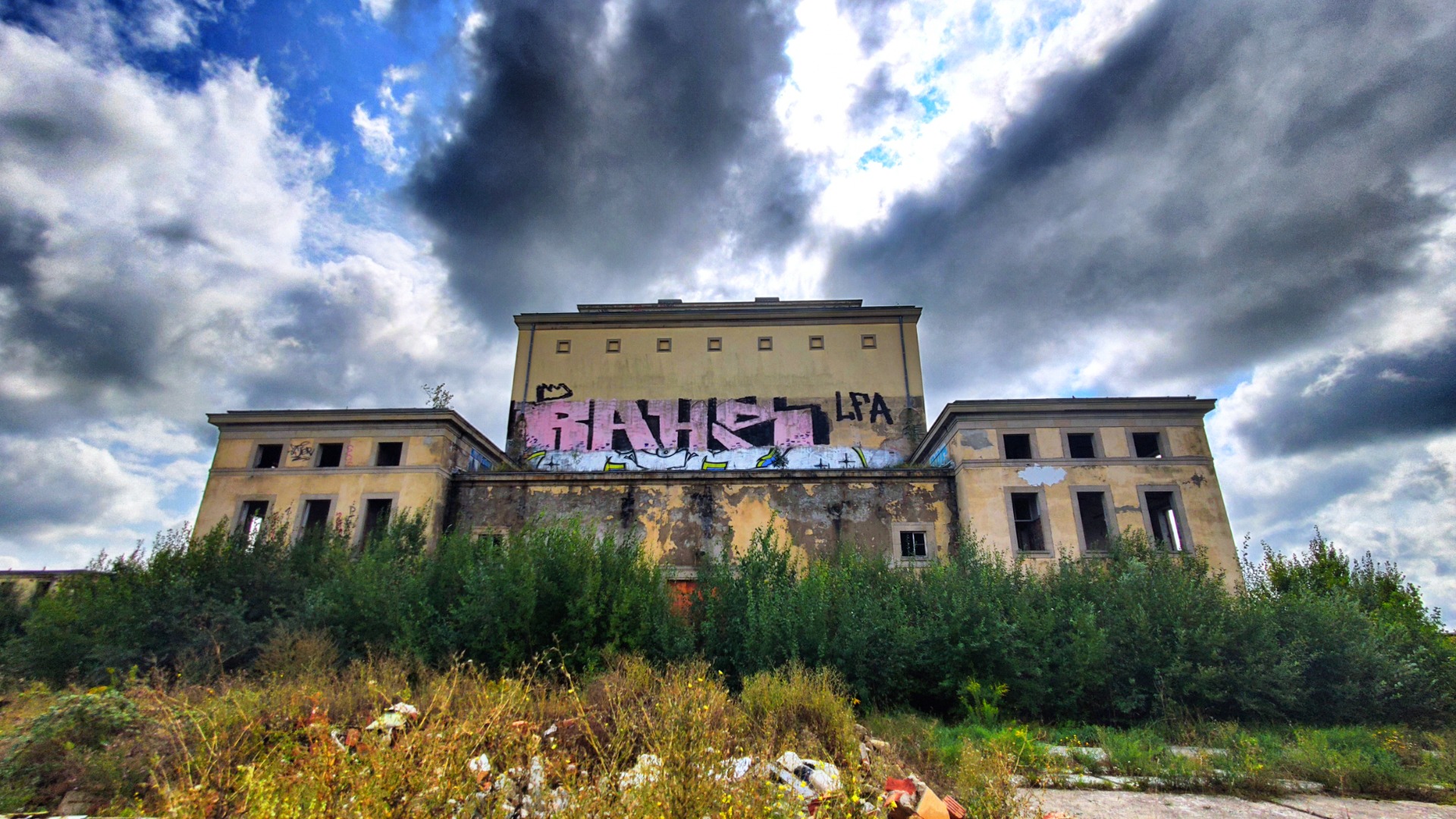
The last host always took two steps at a time. With long strides, After the fall of the communist regime a new owner rushed through the wide halls of the “Clubhouse of Friendship,” as the multi-story building on the B 91 near Schkopau (Saalekreis) was known in GDR times.
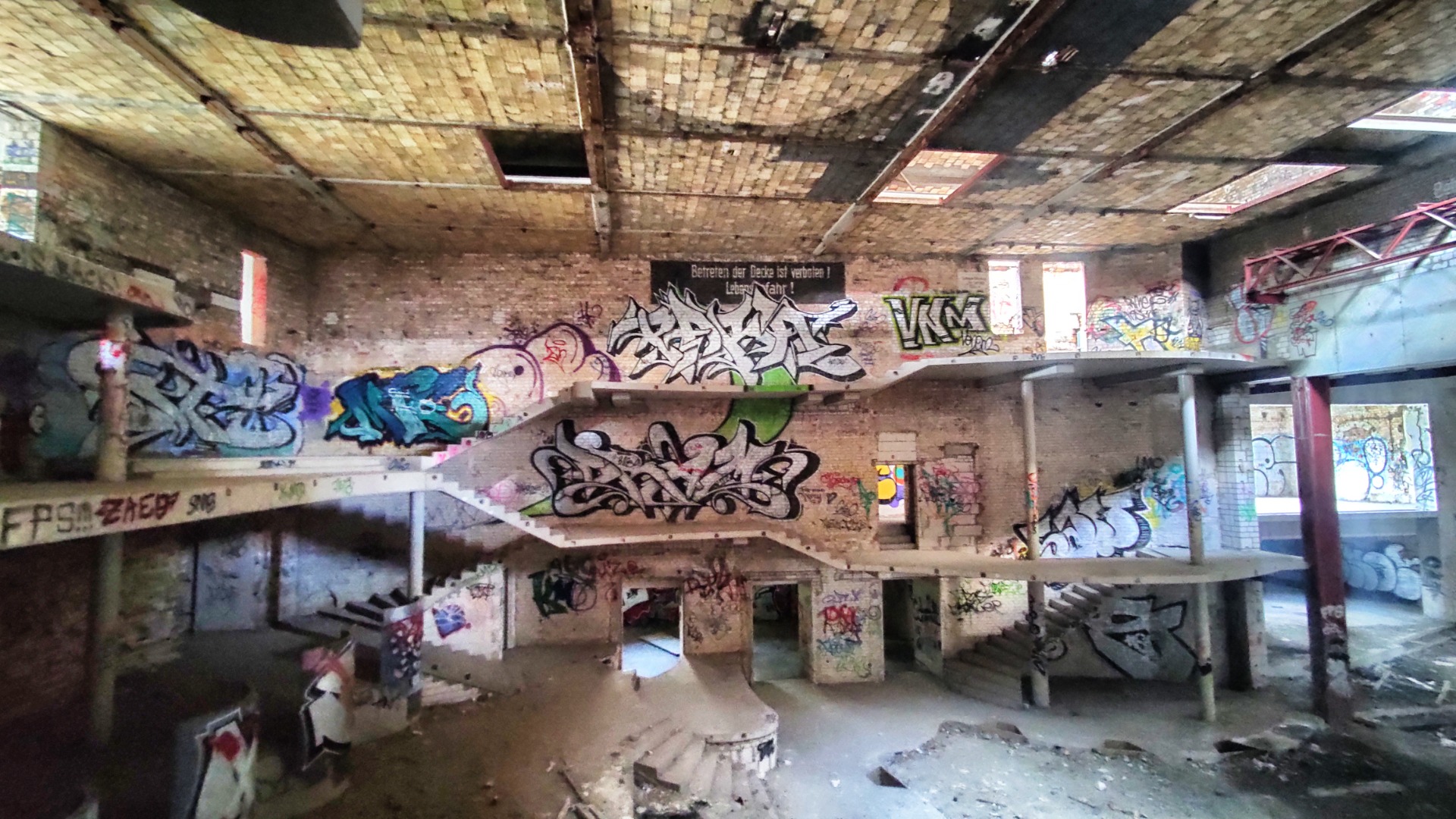
They called it X50
“X 50” as people called it, was meant to be the crowning project of the so called “Disco King” - a man from the western part of Germany who came to realizise his dreams of building en empire of rock-rocll-arenas.
This guy, named Martin Niemöller, dreamed aloud that thousands of rock fans would soon be cheering in a modern concert hall. Right next door, a rustic music pub would open; there would be conference halls, family restaurants, bowling alleys, DJ floors, and themed bars
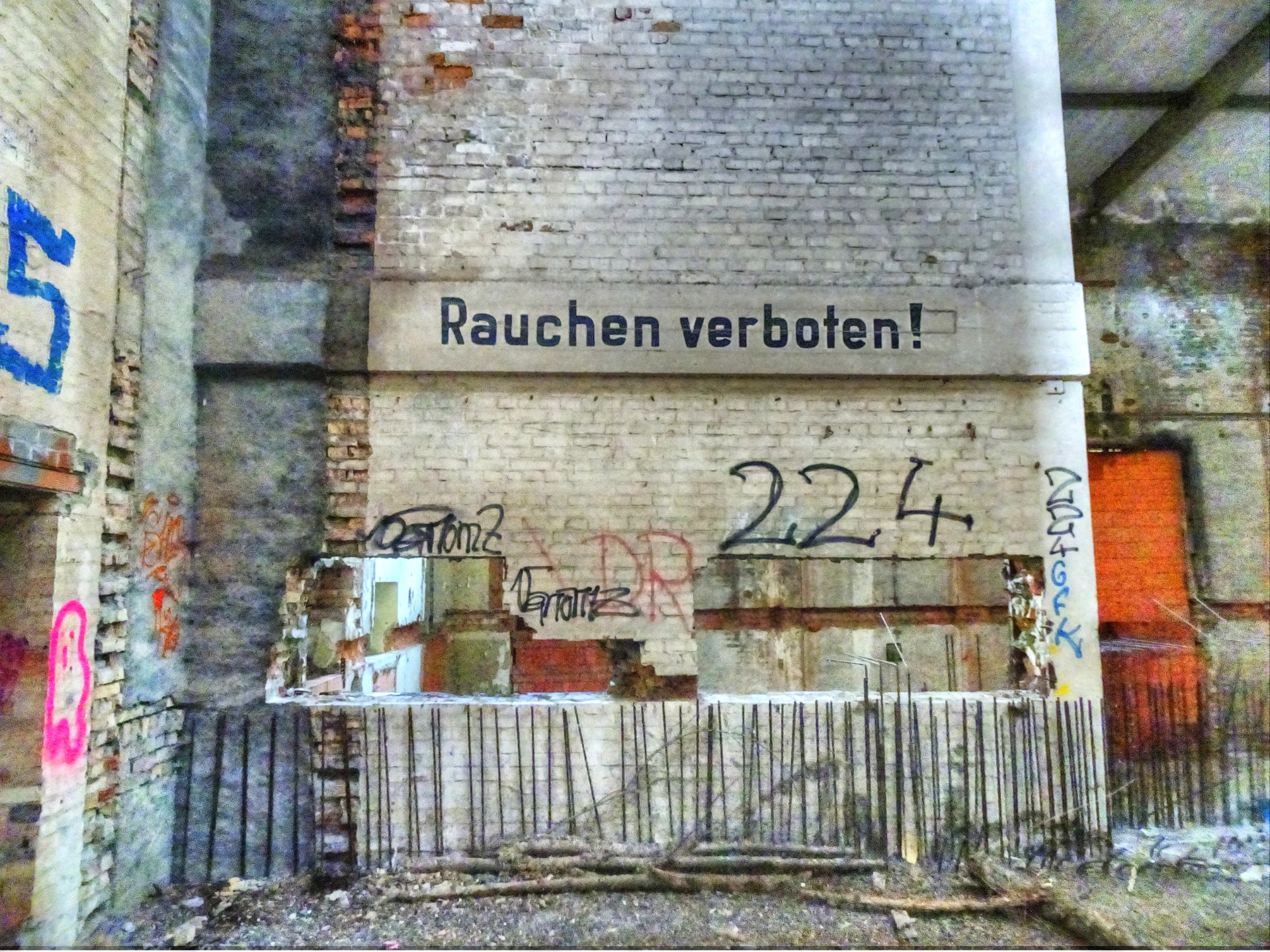
The Bonn-born entrepreneur planned to invest more than 20 million euros.

Excavators had already dug thousands of tons of soil from the foundations, the structure had been gutted, fiber-optic cables laid, stairways torn out, and floors broken through. Then everything came to a halt. The state cut off funding, and Niemöller went bankrupt.
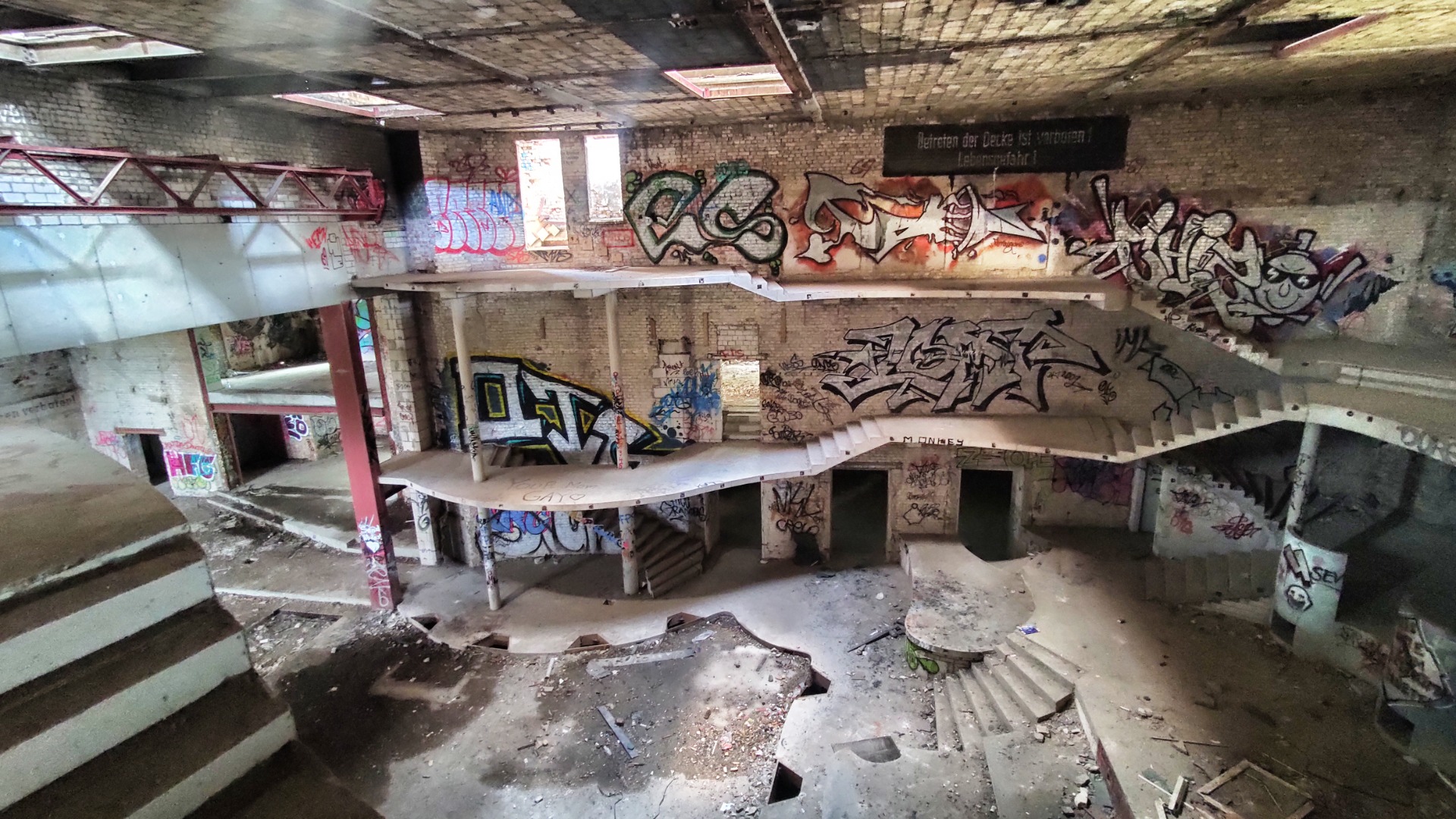
Clubhouse of the Working People
The “Clubhouse of the Working People,” built during the days of the Soviet Buna Corporation at the suggestion of Soviet officers and erected partly by Buna workers during so-called “reconstruction hours,” fell into a coma. Craftsmen left, window installers retrieved unpaid goods, doors were boarded up, and windows bricked shut.
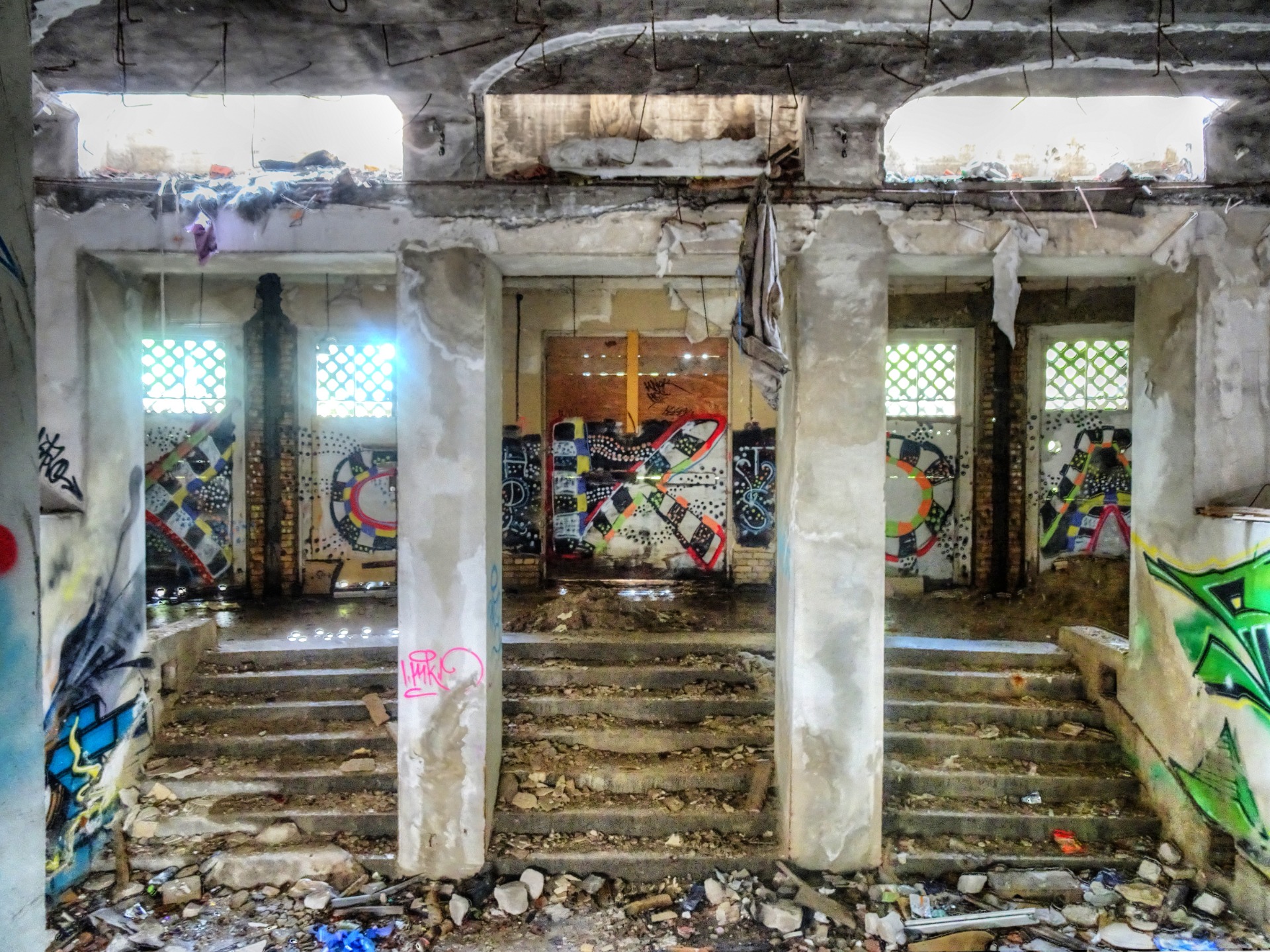
After 50 years, the lights went out in this once-brilliant beacon of culture — the place where the socialist worker was meant to experience art and become an artist himself.
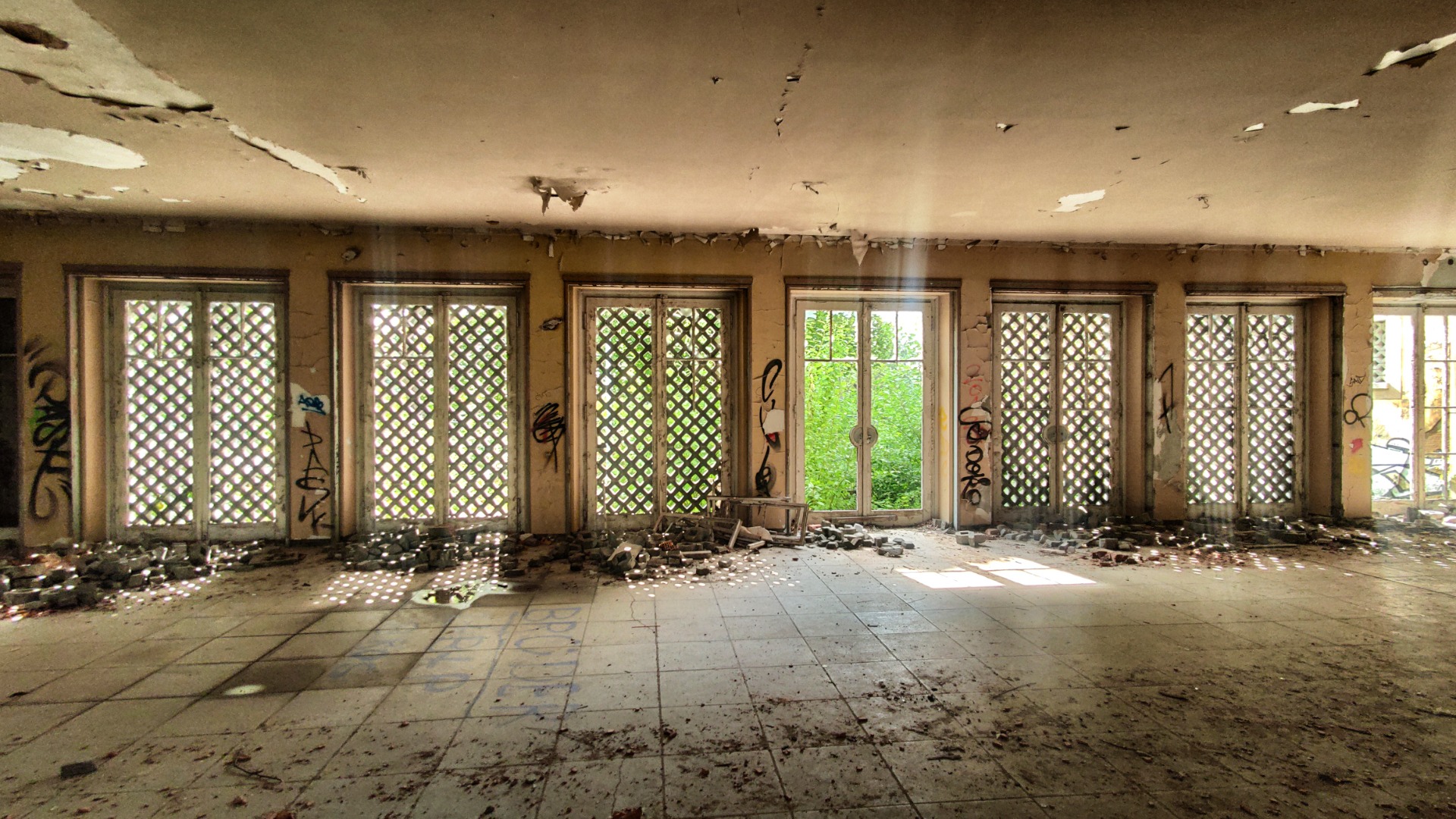
World-famous performers once passed through its doors. The Milan Scala and Bolshoi Theater Moscow both toured here, in this 1.8 million East German mark multipurpose building, which monument experts described as having an “impressively metropolitan dimension” and being of “special testimonial value for the neoclassical monumental architecture of the GDR.”
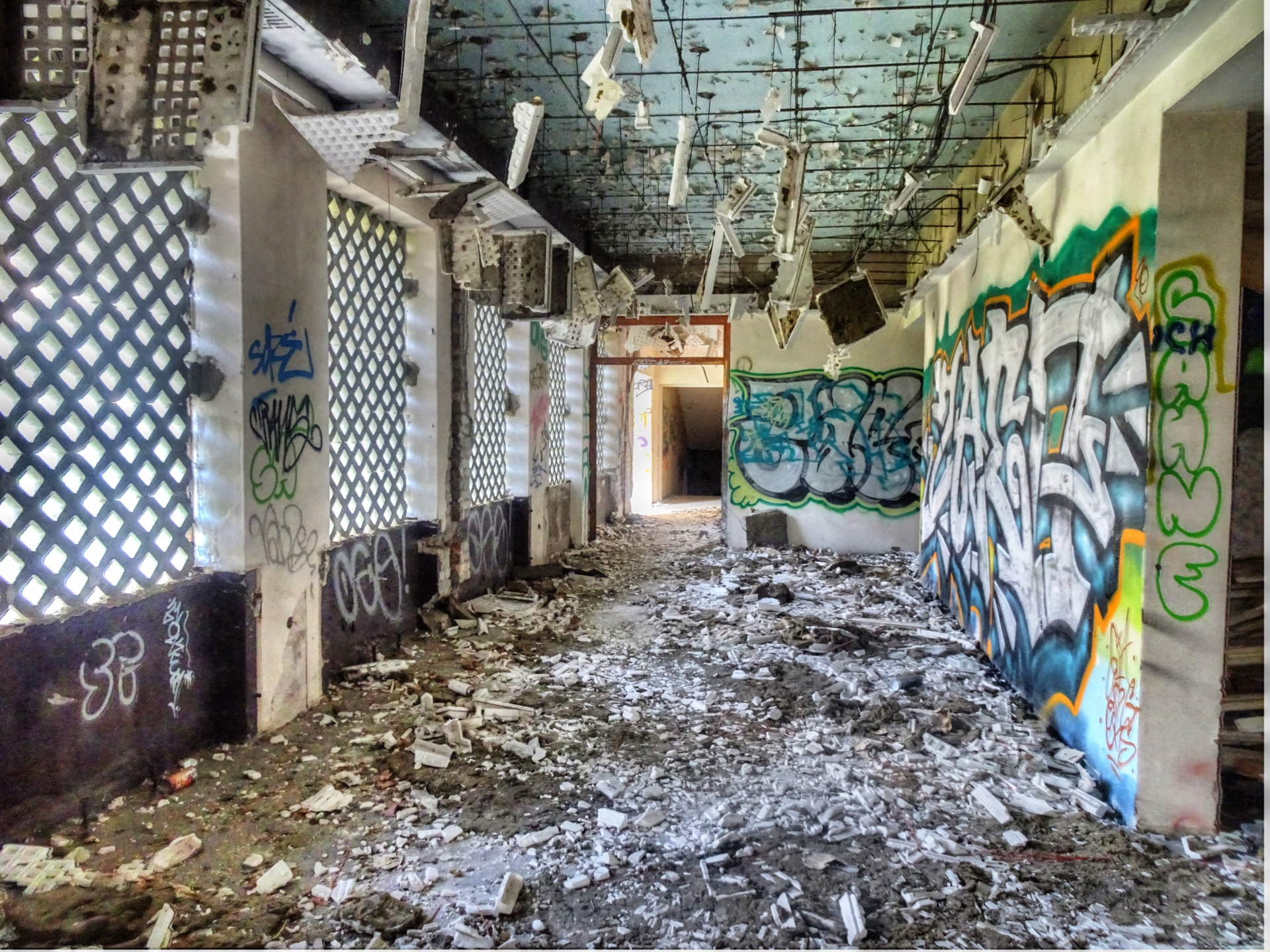
Marcel Marceau and Juliette Gréco
Even more than the architecture, the building holds deep emotions and memories: in the perpetual carbide dust, artists like Marcel Marceau and Juliette Gréco performed; Walter Felsenstein transferred an entire season of the Berlin Komische Oper to Schkopau.
East German television staged grand revues on this provincial stage, and Ernst Busch once sang Brecht’s “Song of the United Front” here before 750 ecstatic spectators in the main hall.
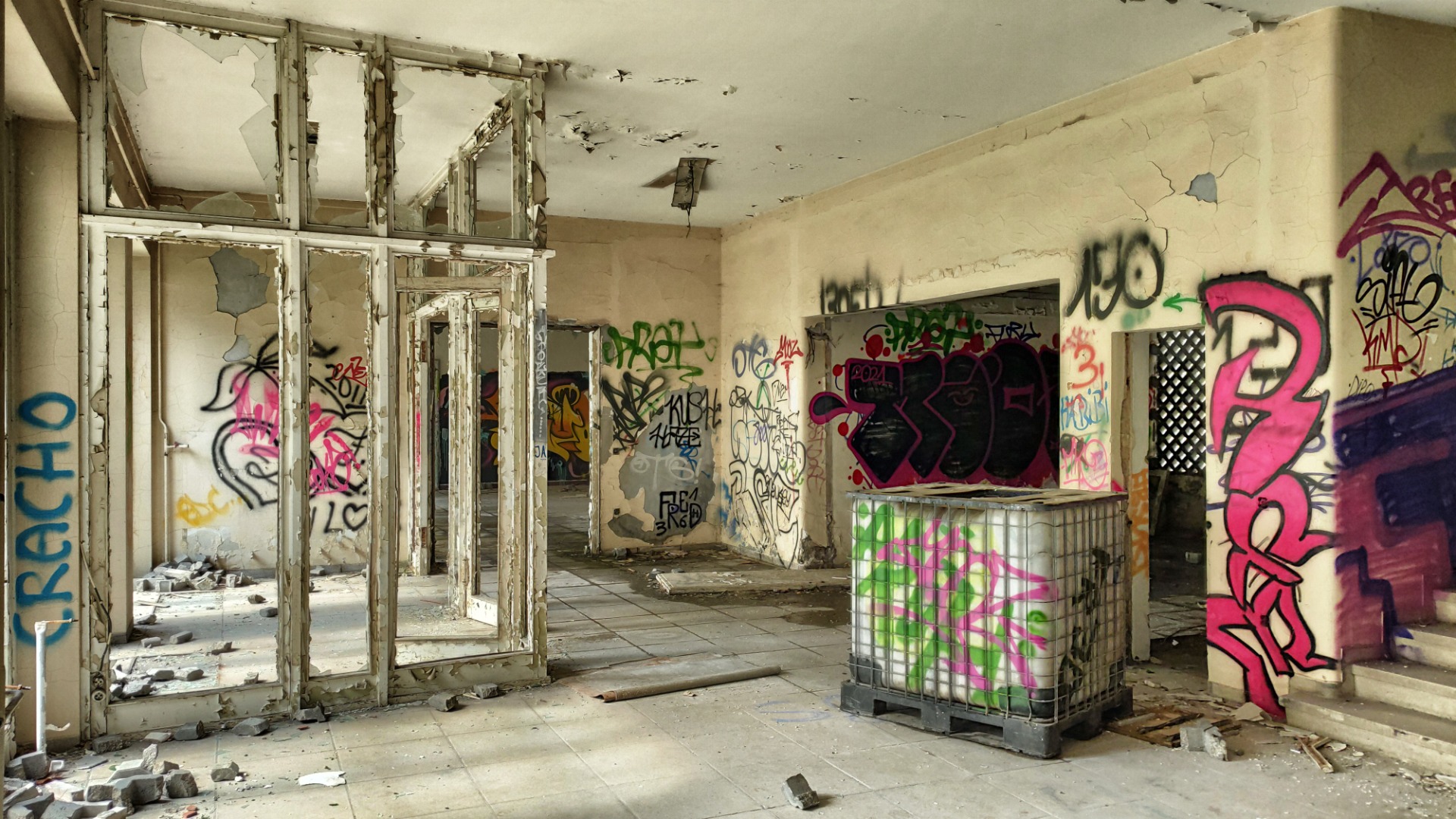
Later, the giants of GDR rock took the stage at “Buna Rock Night”. Famous German Rockbands like Silly, Rockhaus, Pankow – all found an enthusiastic audience in modest Schkopau.
A new socialist culture
Cultural clubs and working groups filled more than 100 rooms — for chess, choir singing, painting, photography, film, theatre, and writing. The “Bitterfeld Path,” first conceived at the similarly designed cultural house in Bitterfeld, lived on here beneath the smoke stacks of the carbide plants. The slogan went, “Chemistry creates bread, prosperity, beauty” — and here, it also created culture. The Buna Combine financed employees, artist fees, and all ancillary costs.
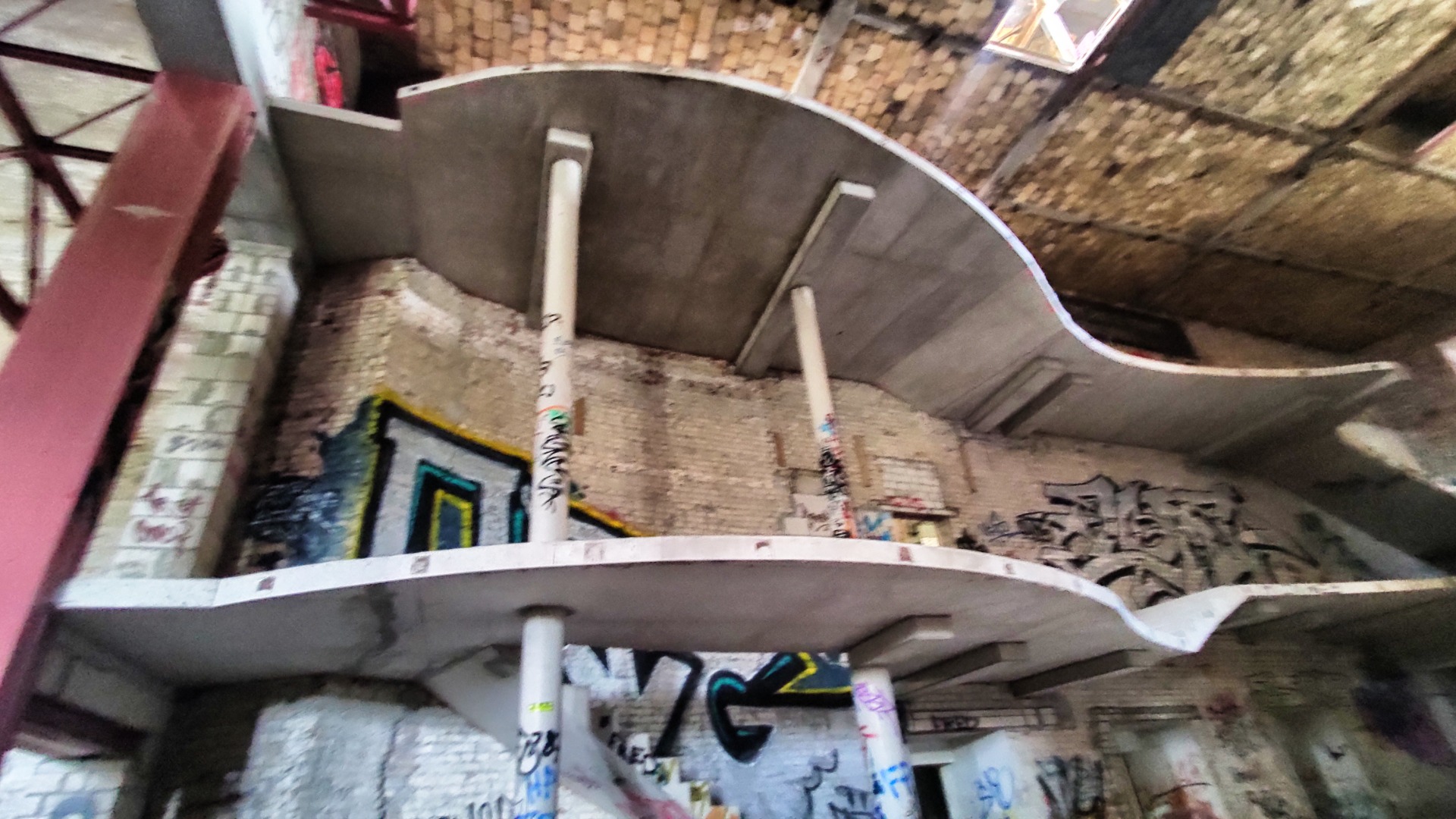
Niemöller’s plan to invest 20 million euros in X50 — half of that from state subsidies — was undone when those funds were withheld.
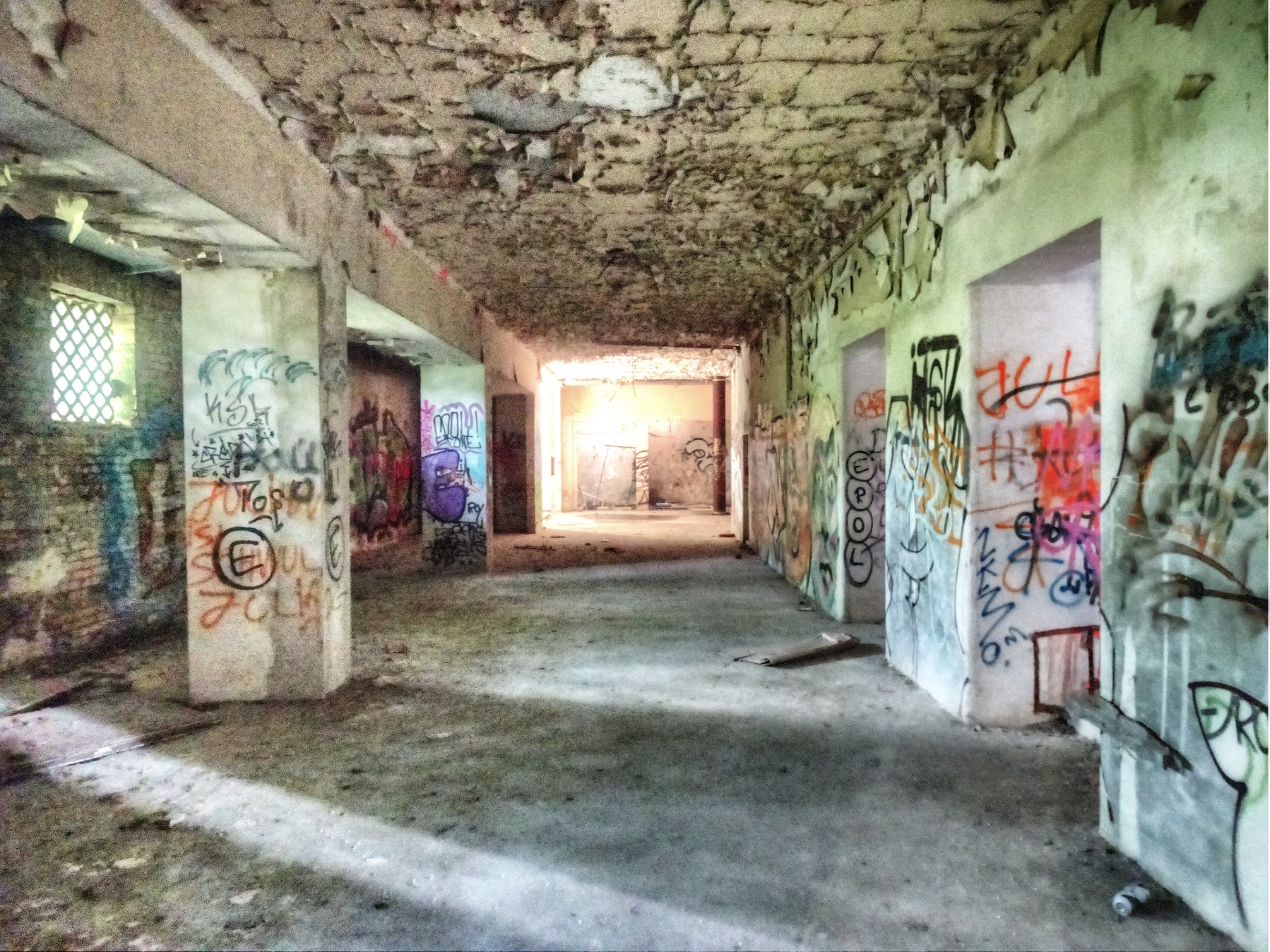
Until the end of the GDR, the building survived with the help of television and local stars such as the party- and fun-singer Achim Mentzel. But in 1998 came the final end. Since then, this “site of post-Stalinist cultural policy,” as heritage experts call it, has become “one of the eeriest places in Saxony-Anhalt,” as Stern magazine once wrote.
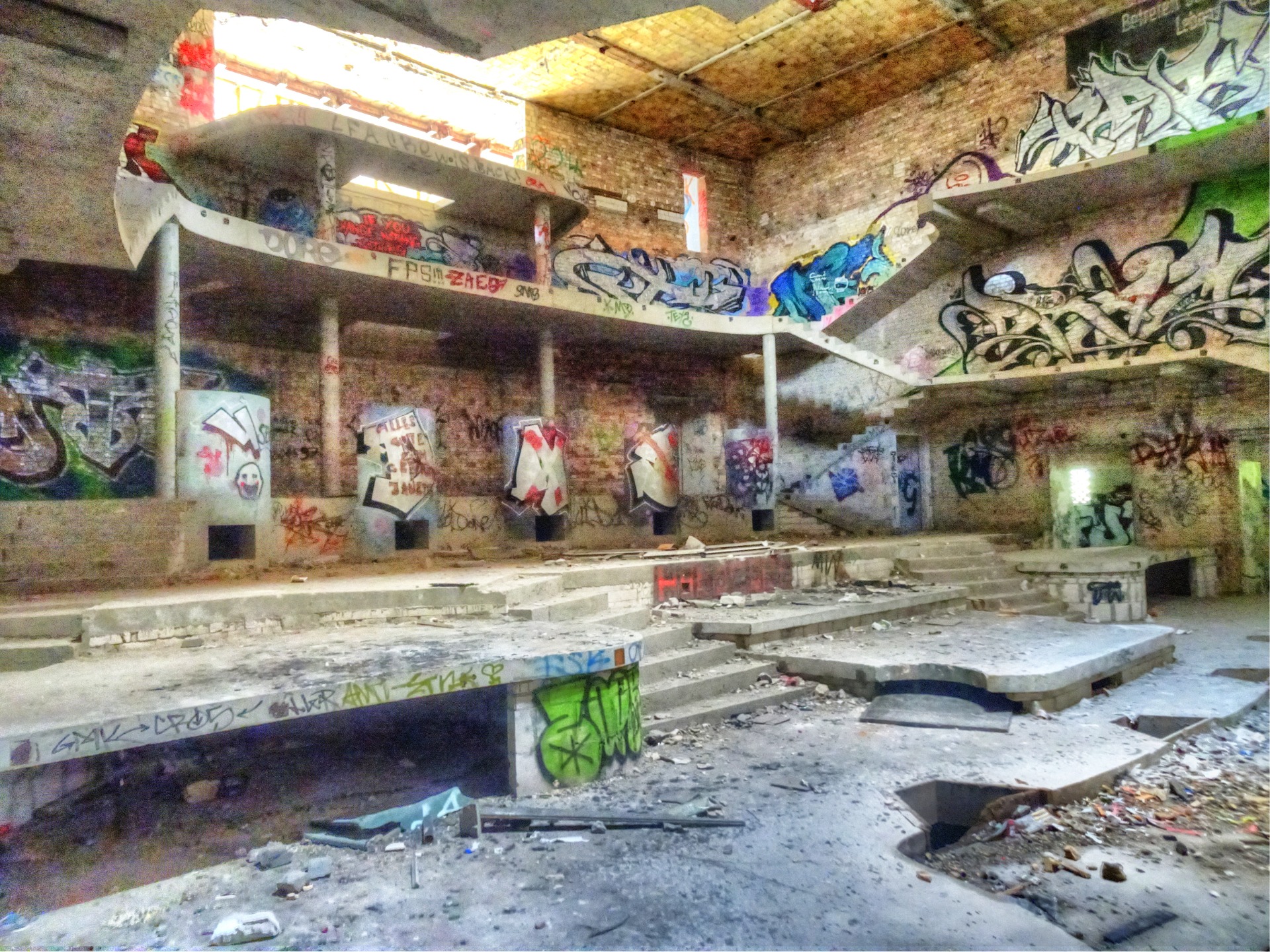
The grand plans failed
Ownership changed hands, and grand plans failed. Today, the wind whistles through broken windows, and graffiti artists have claimed the house. Only faintly can one sense what it once was — and what Niemöller had dreamed of making it.

Graceful galleries still curve through the great hall, now used by young people for parties. The stage is just a shadow of itself, the themed bars are thick with dust, and the small basement club is nothing more than a pit — filled to the brim with black emptiness.
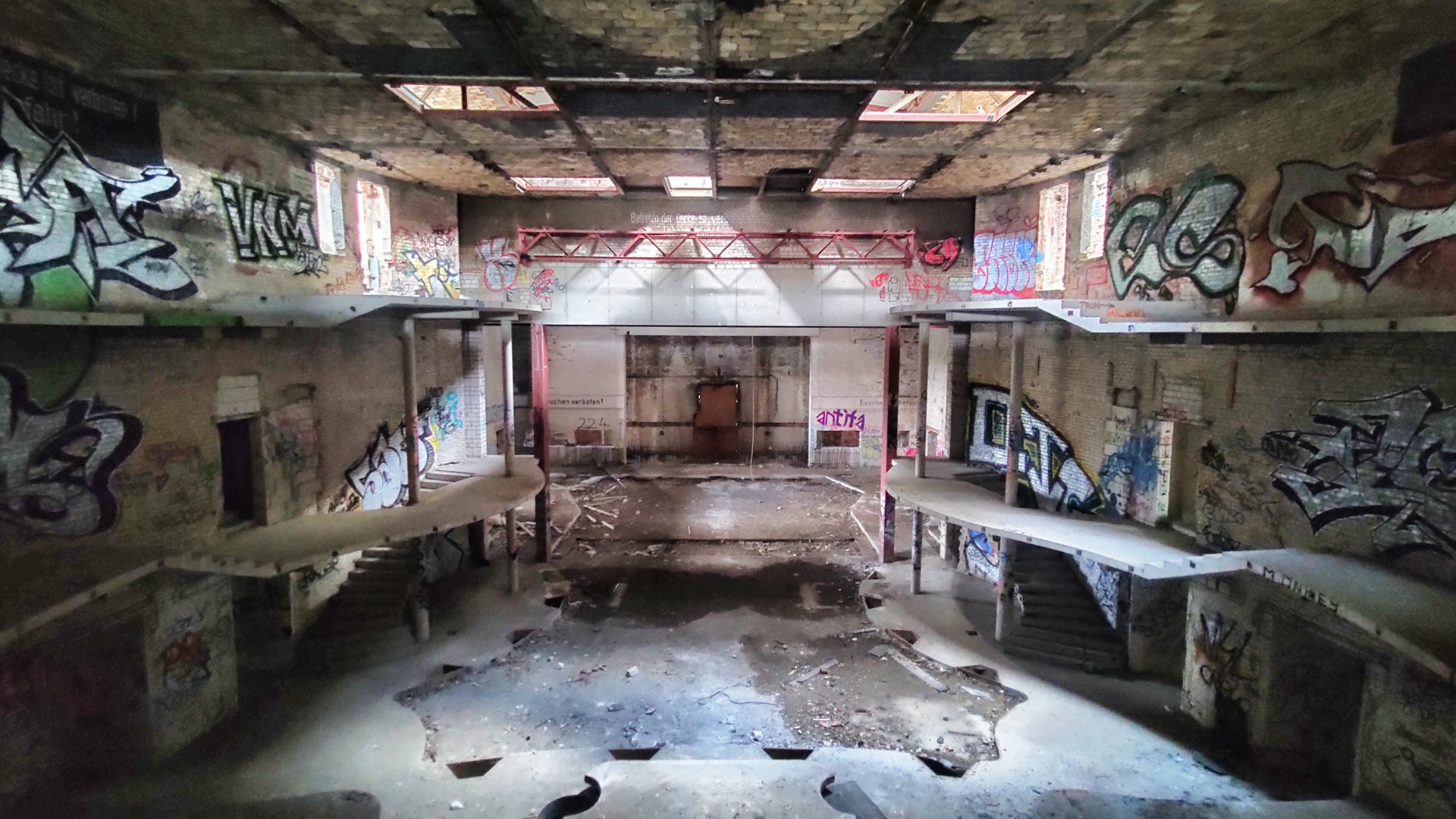
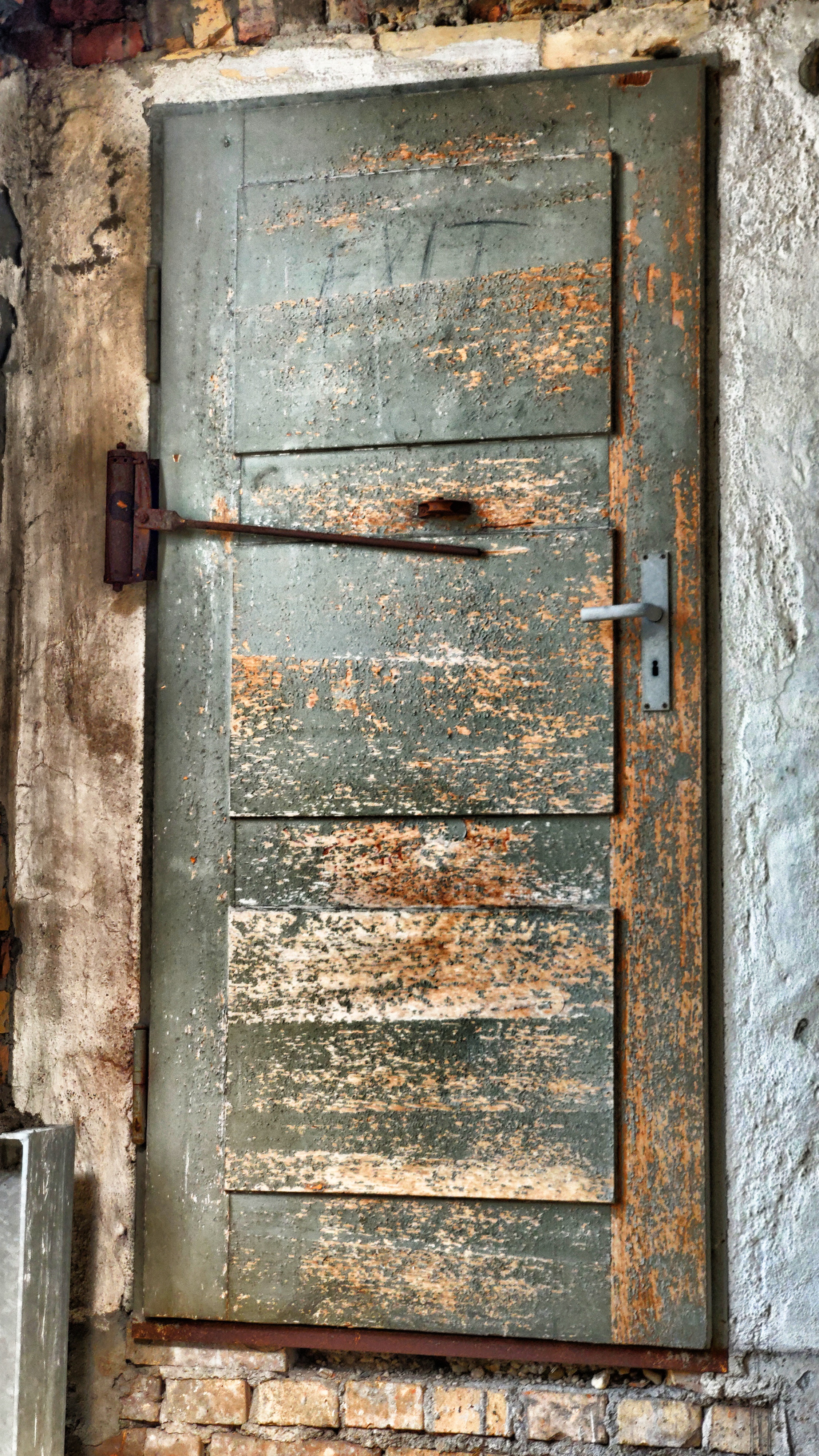


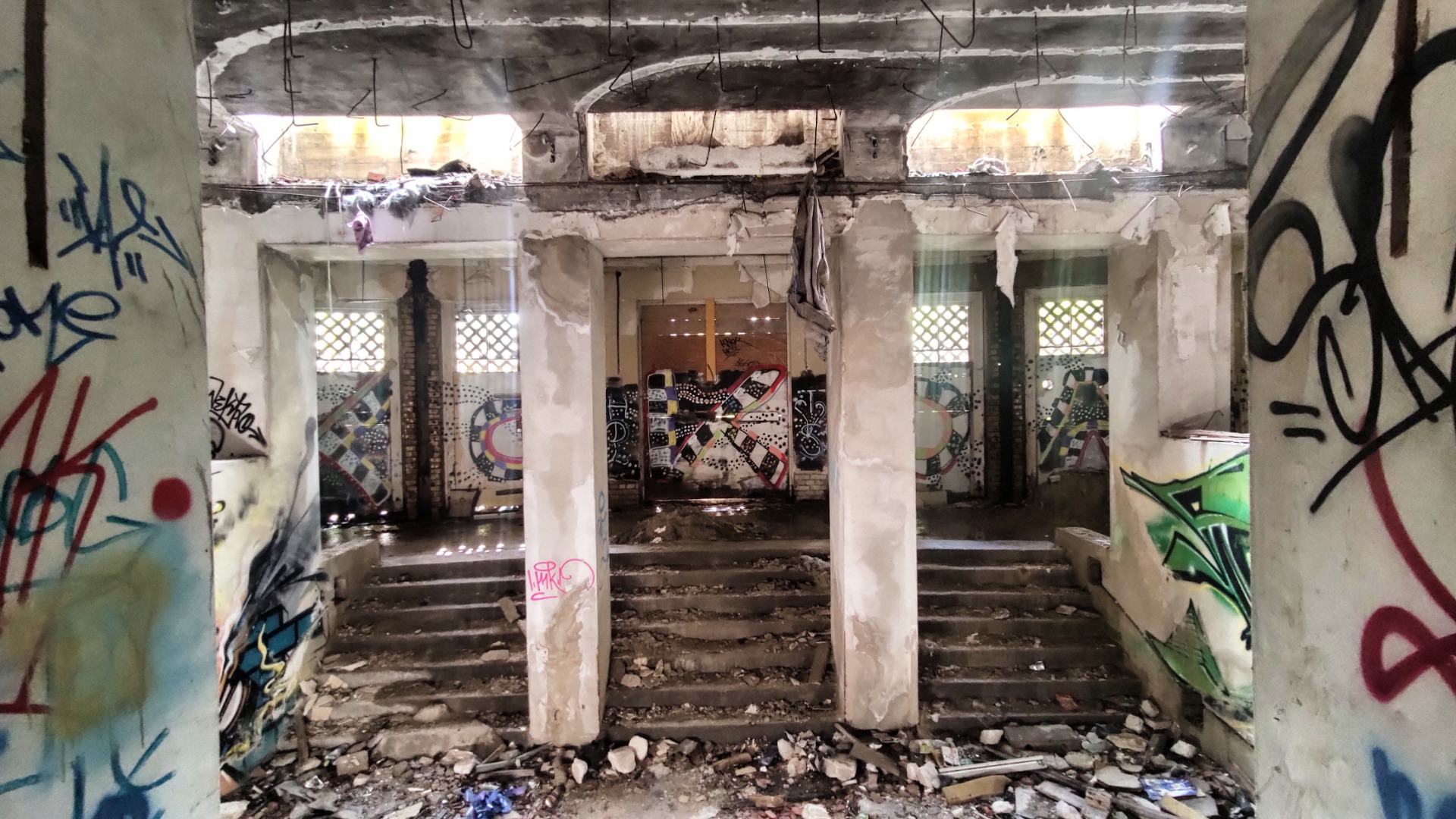
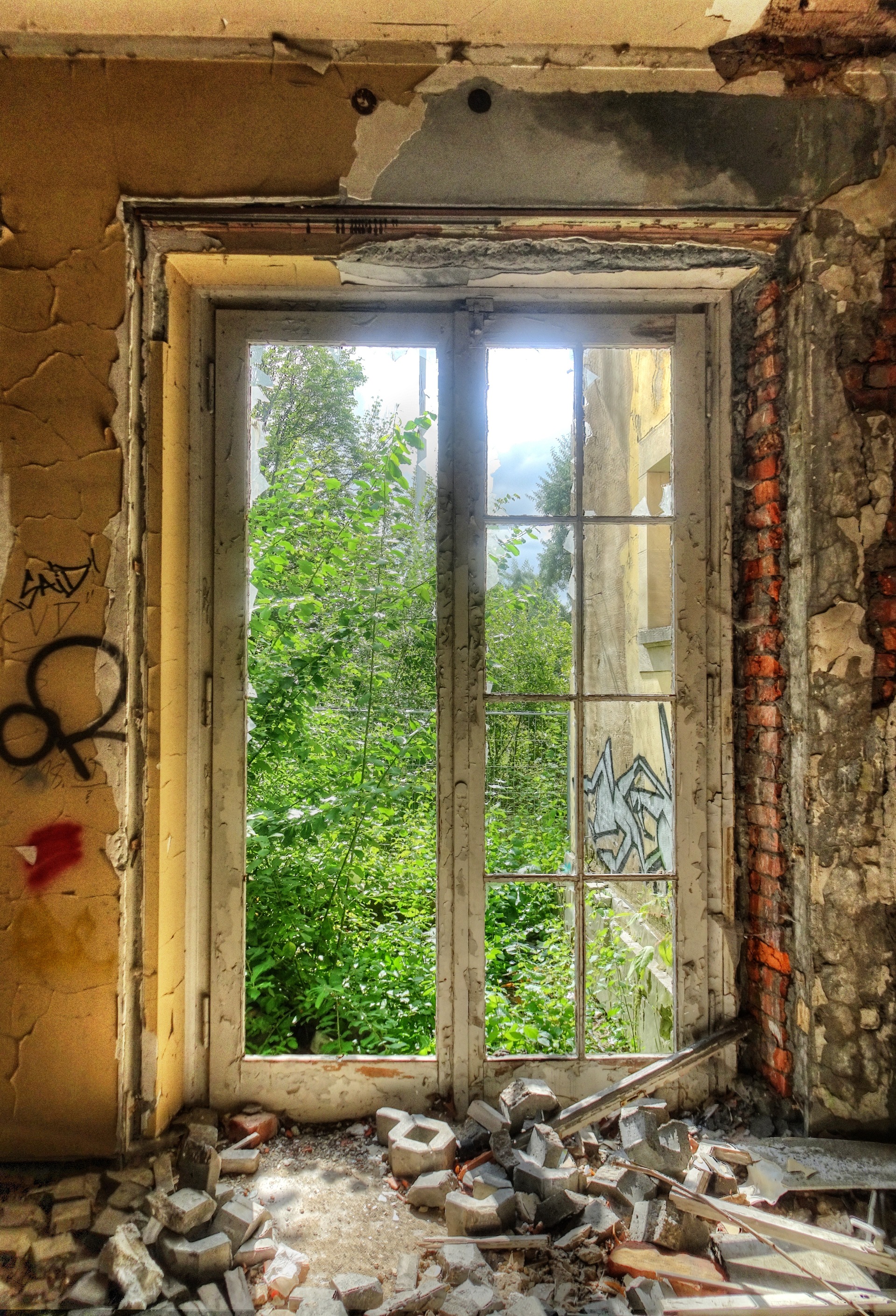
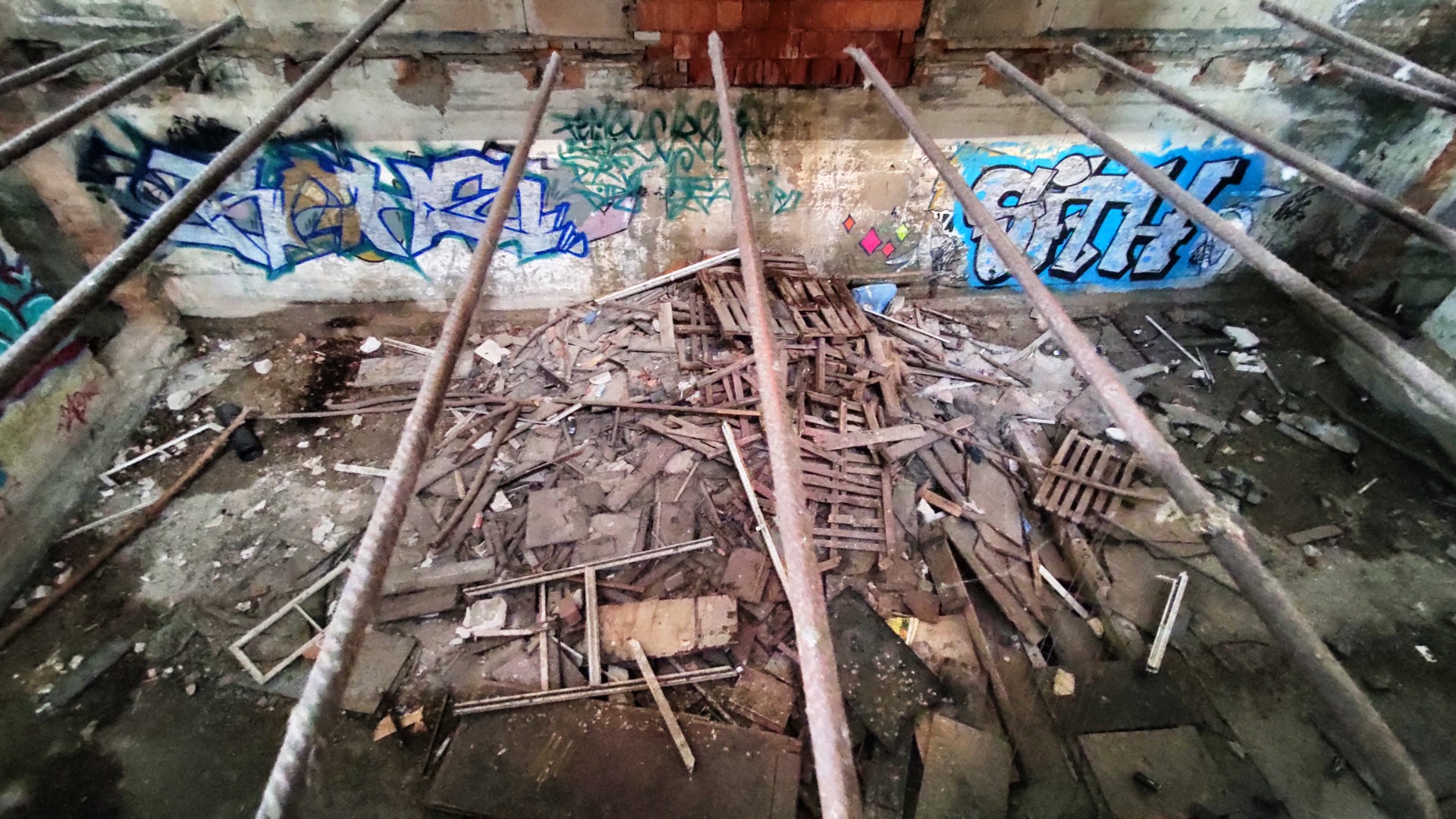
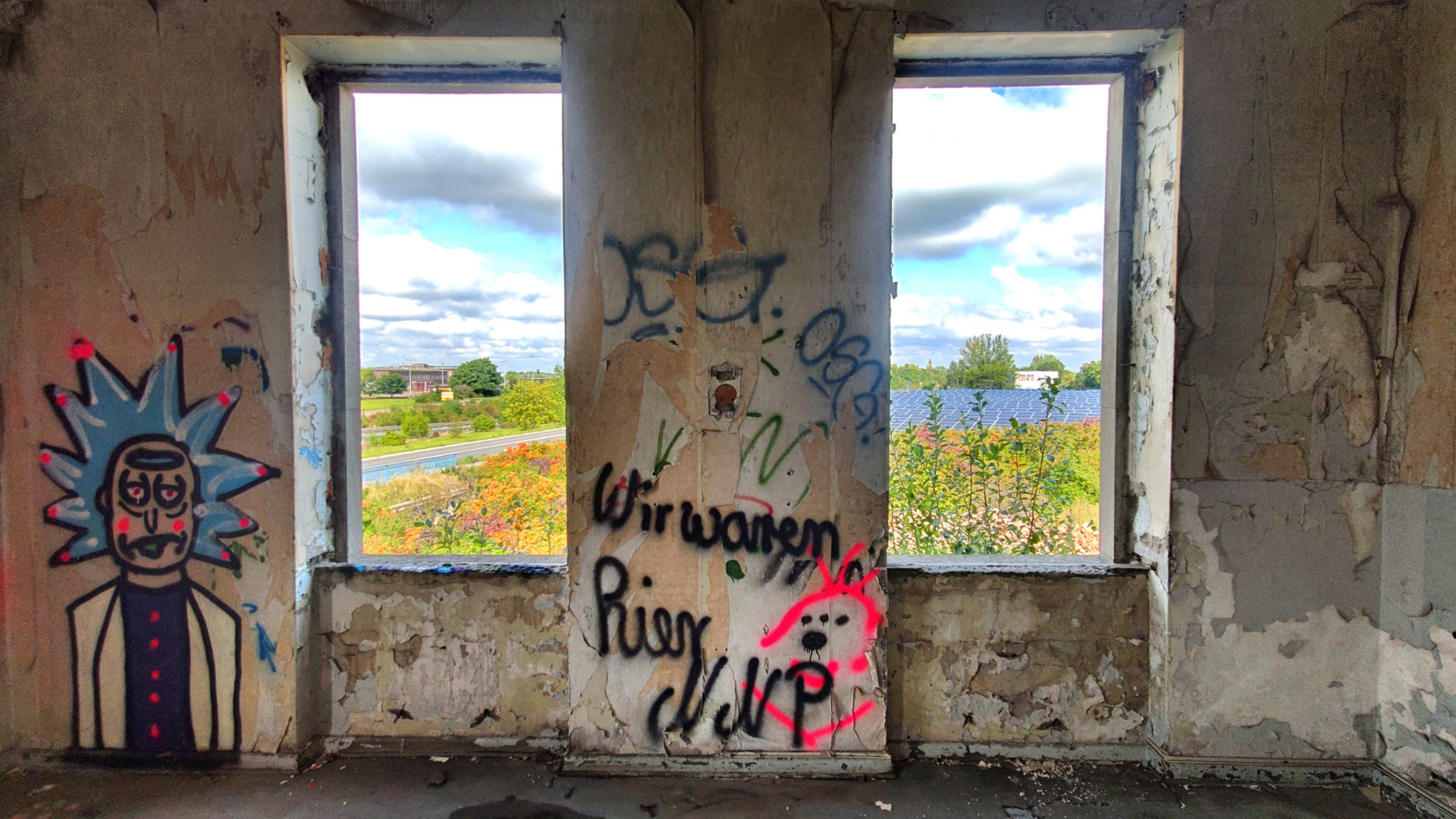

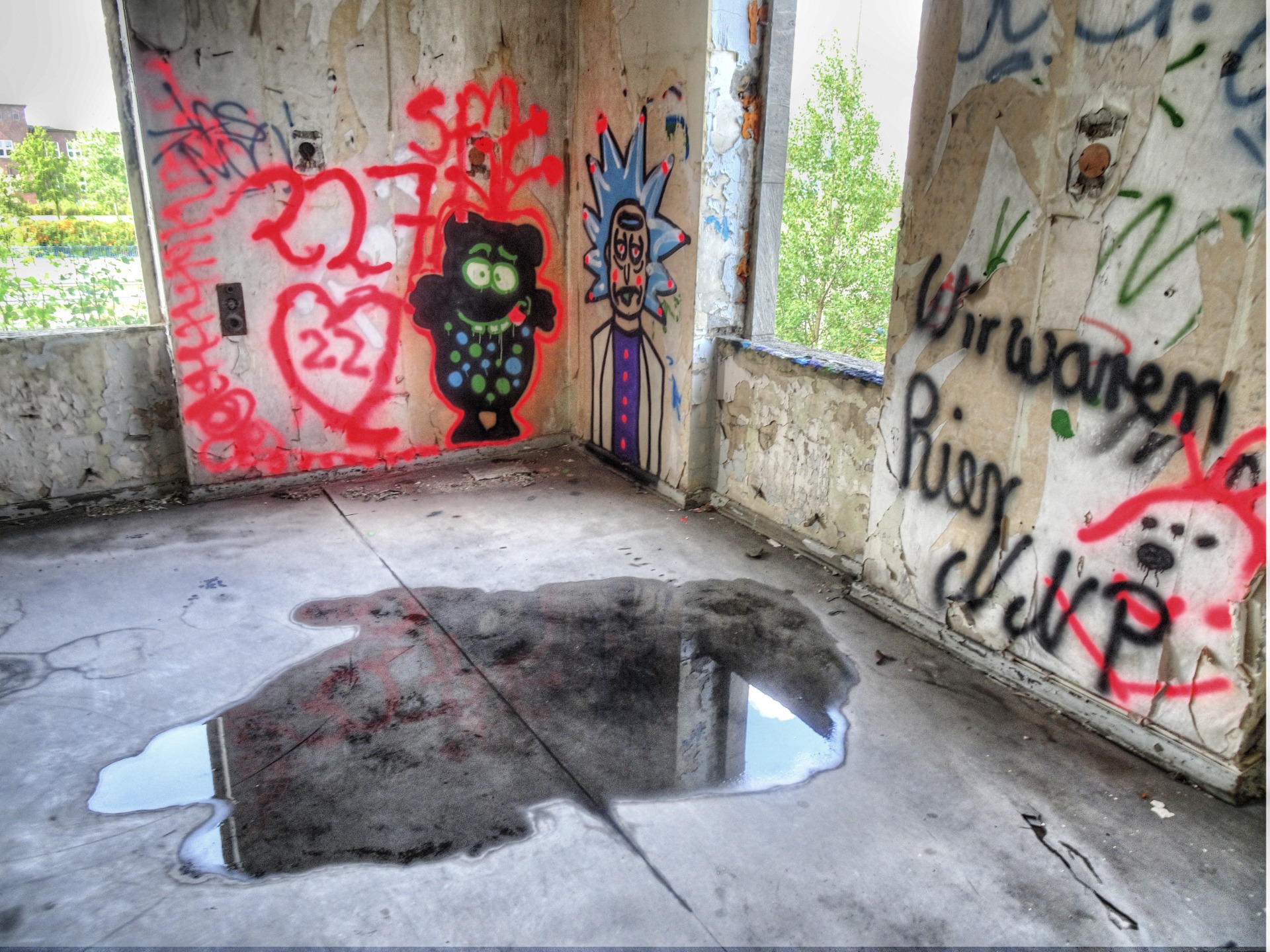
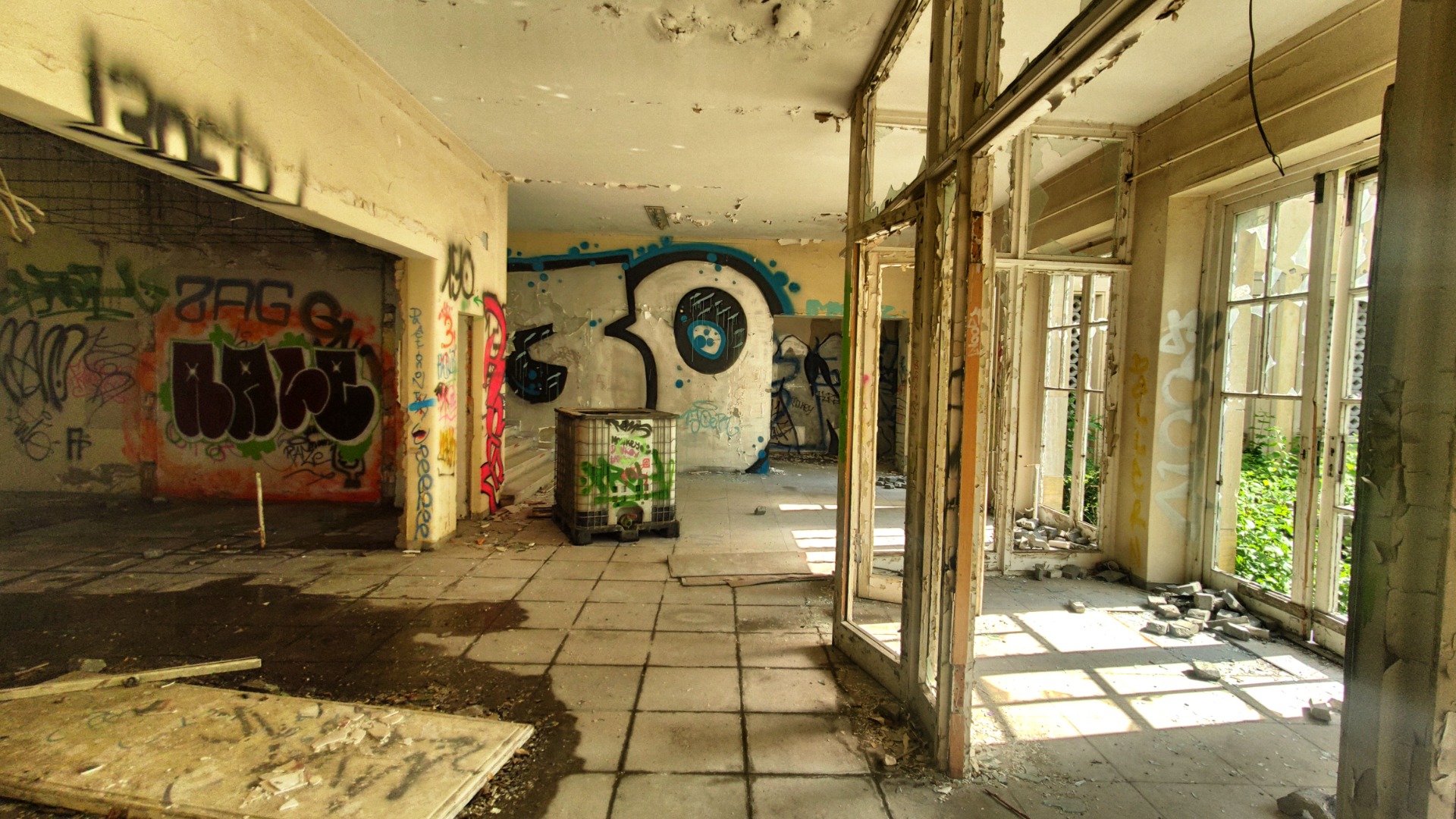

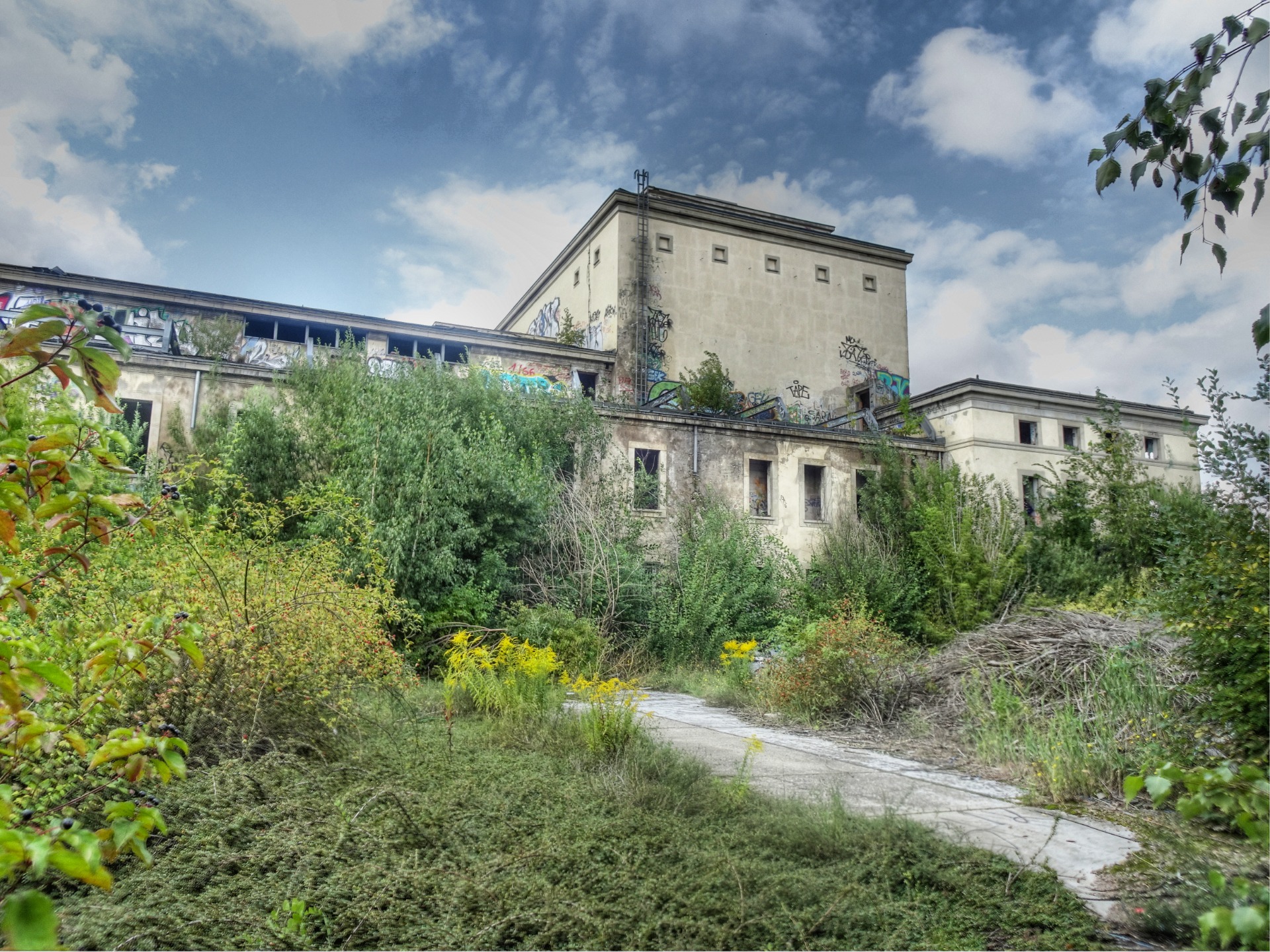
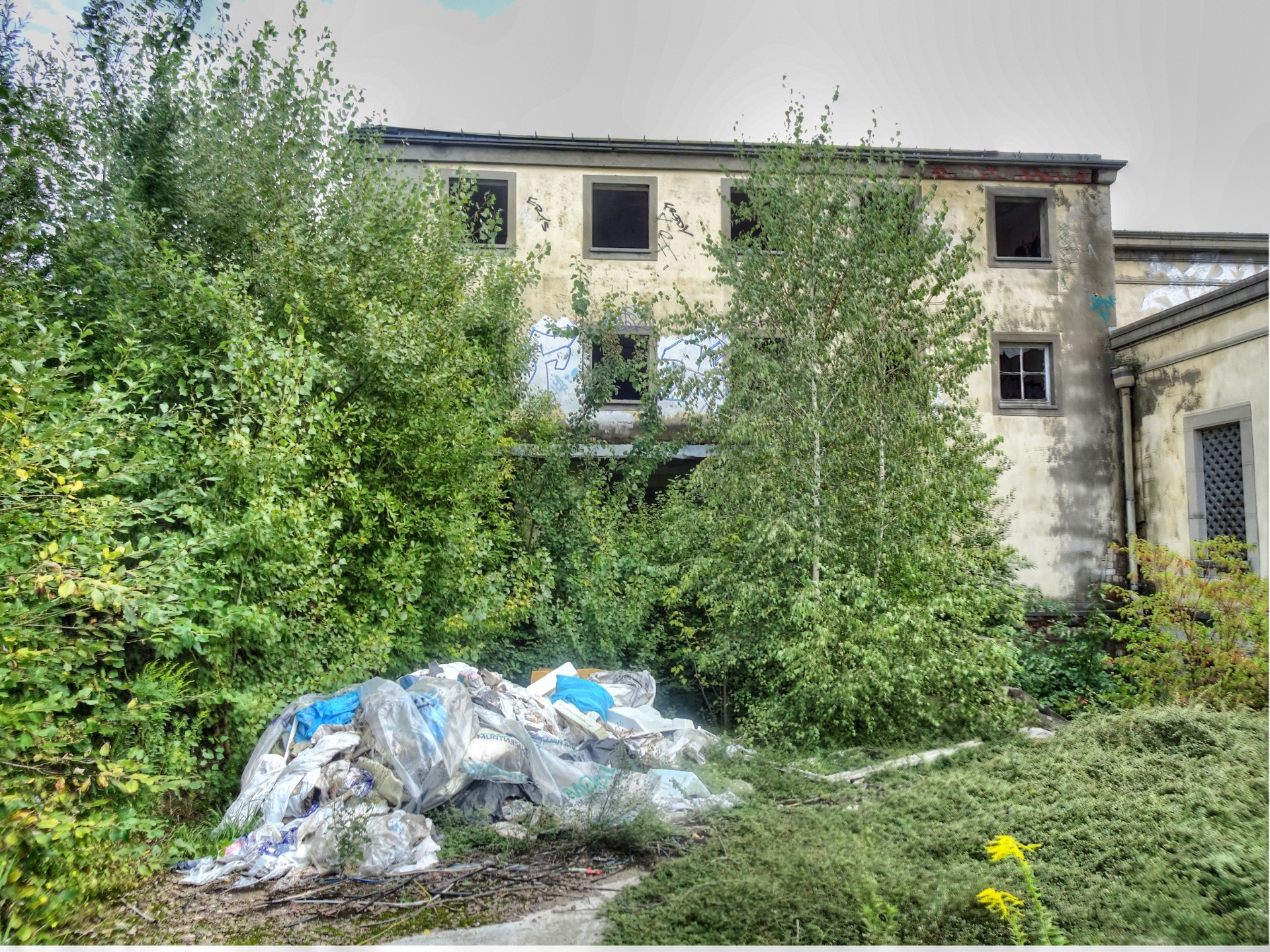

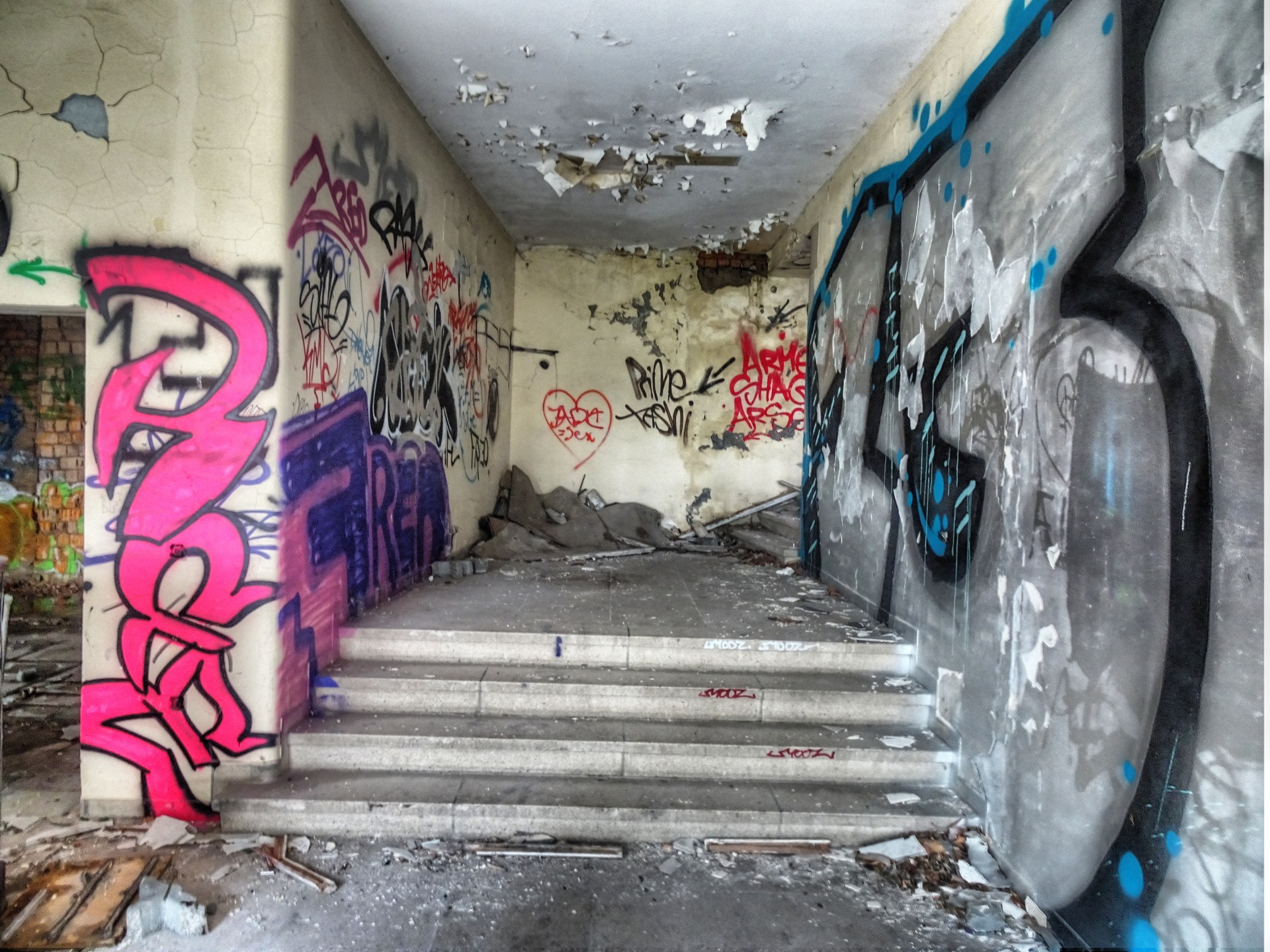
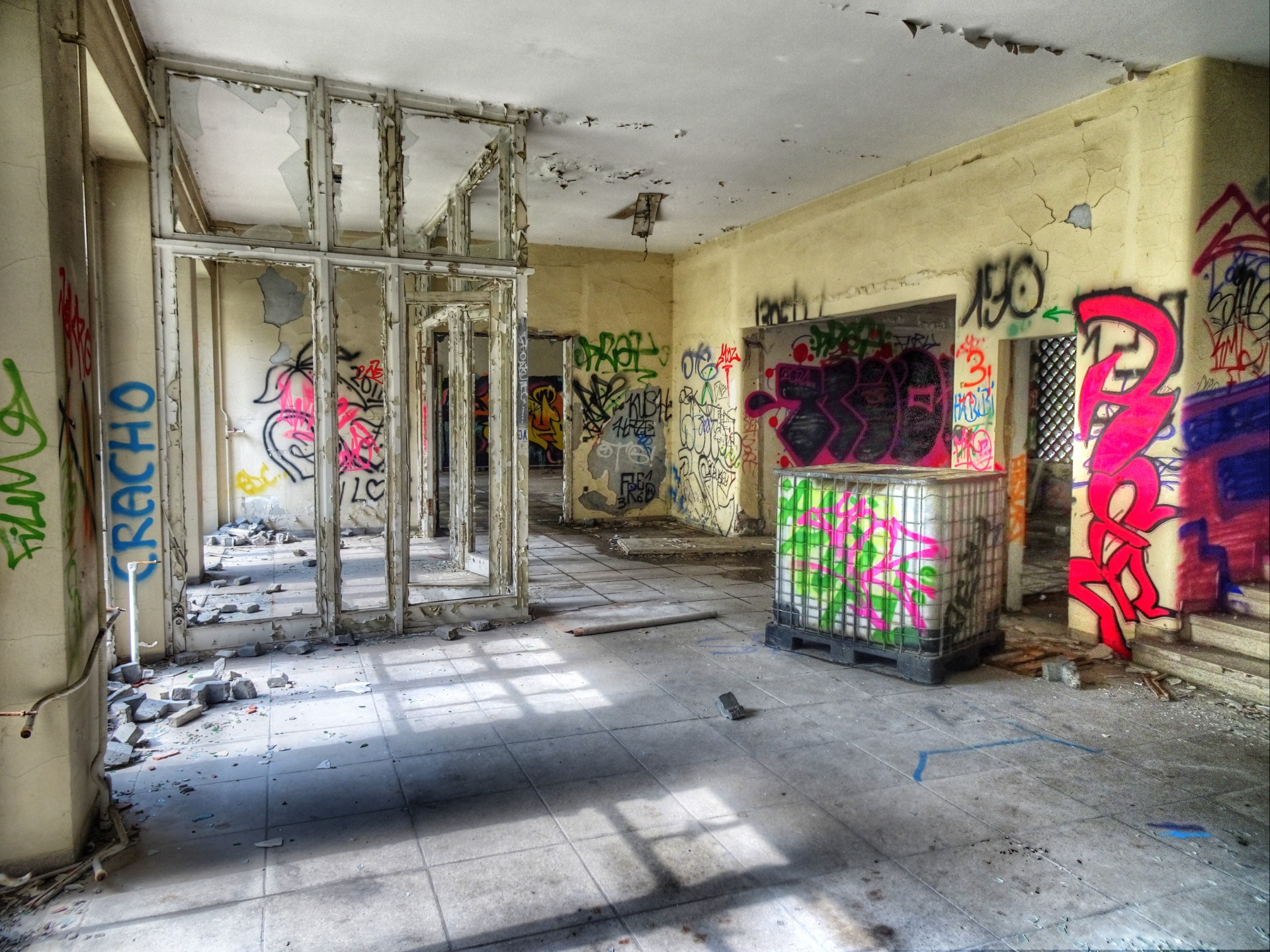

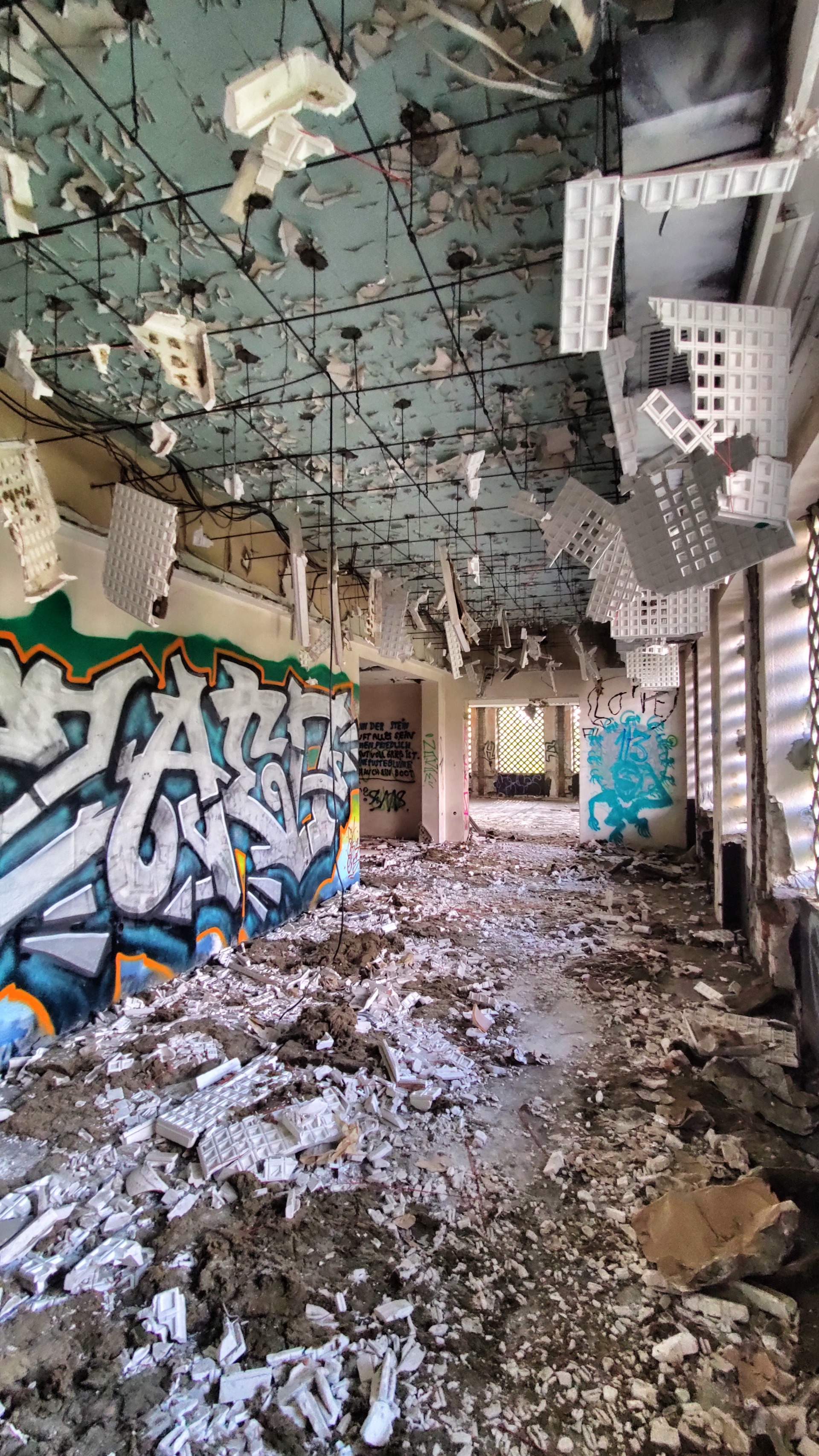

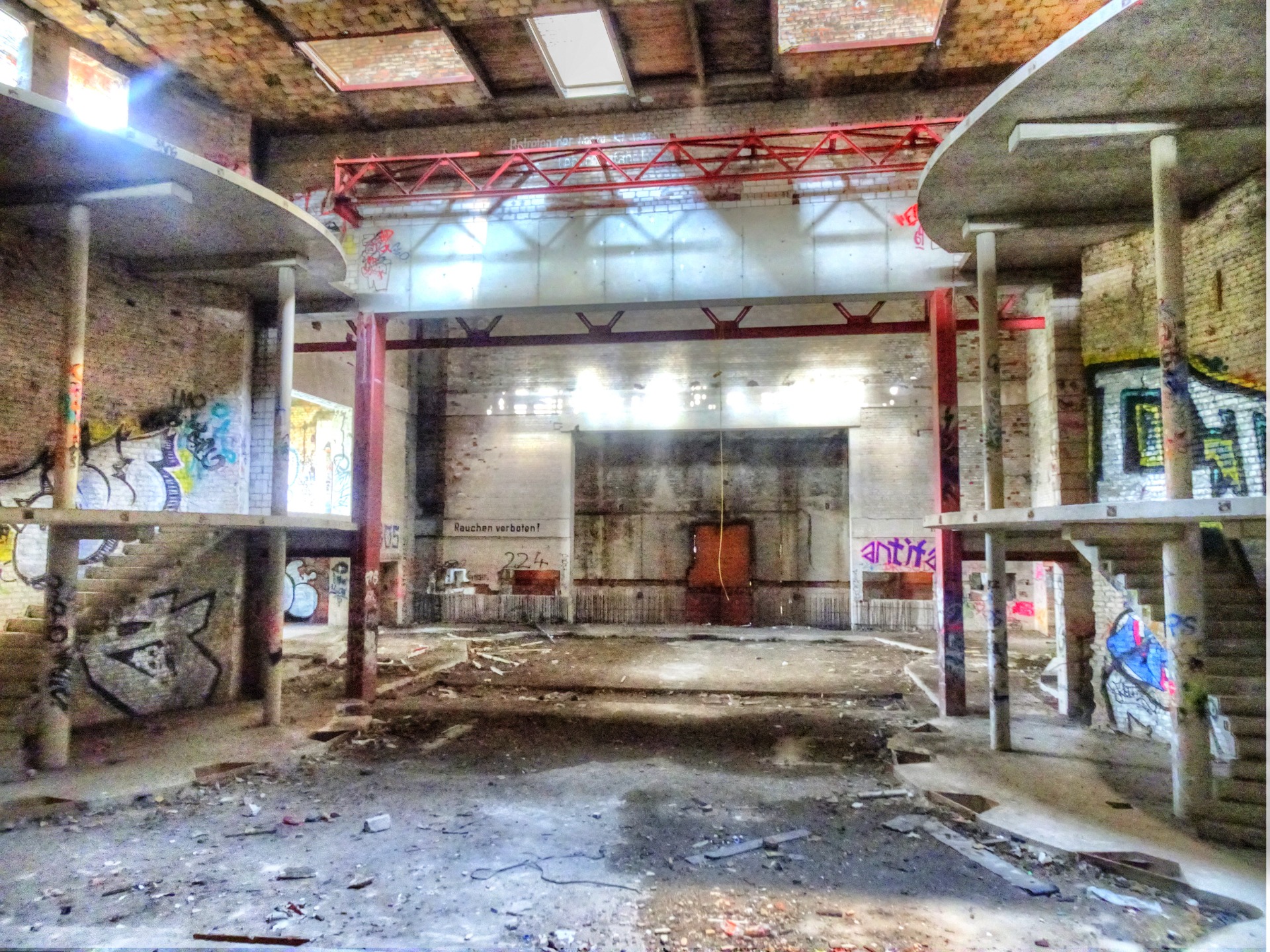
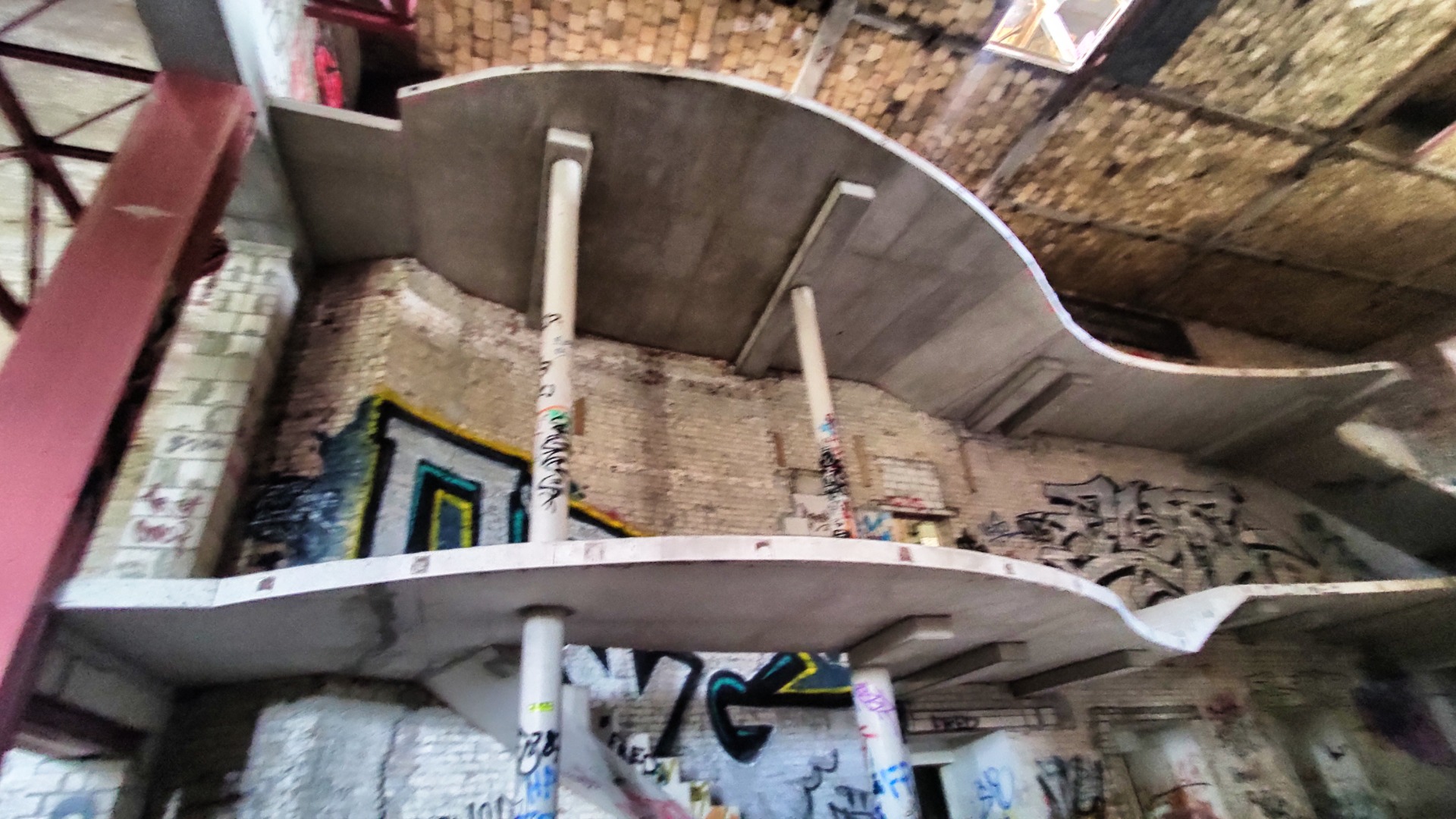

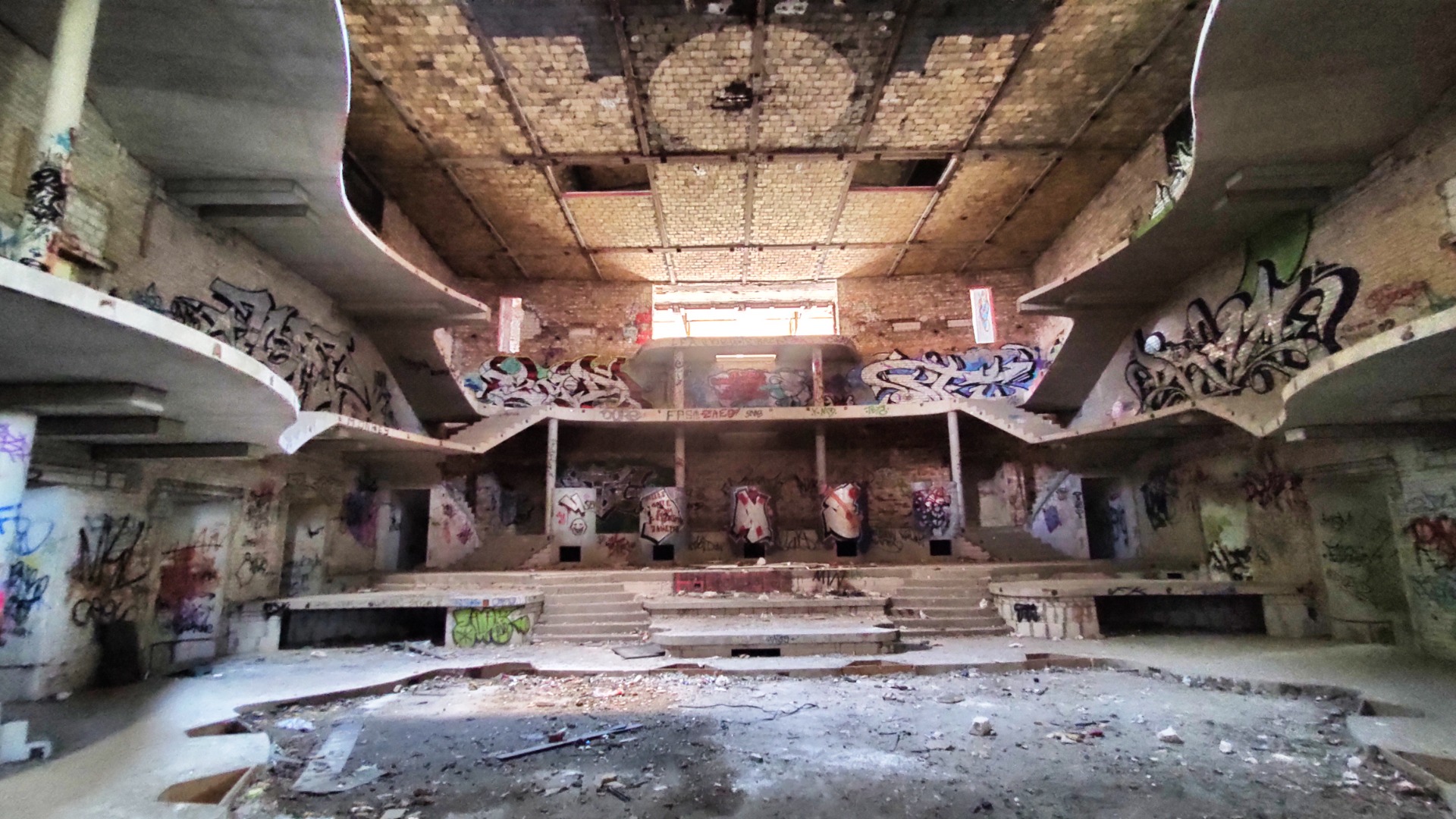
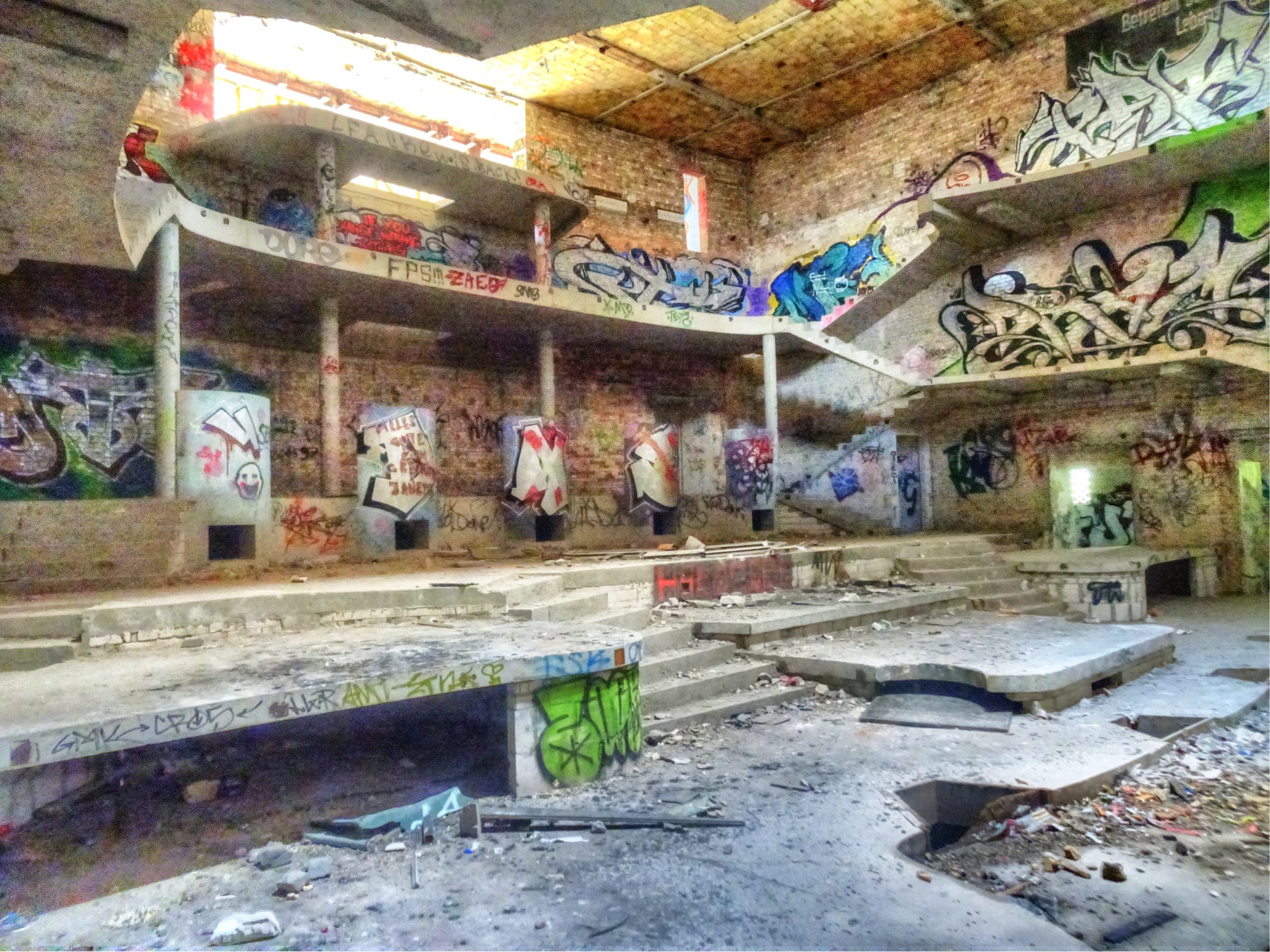
View this post on TravelFeed for the best experience.
